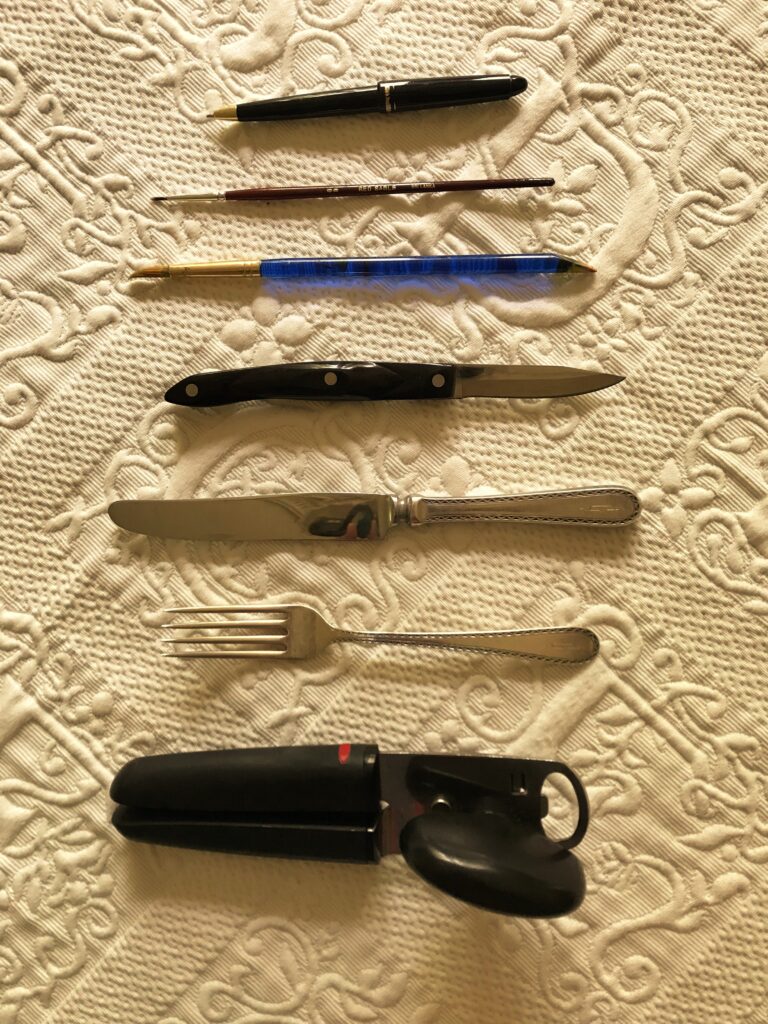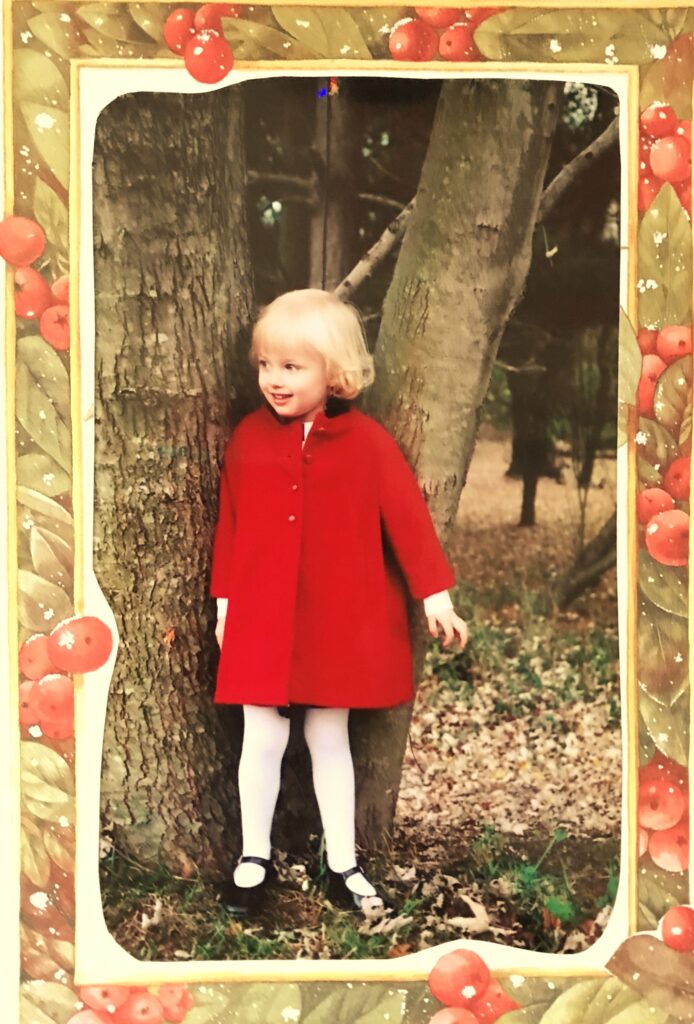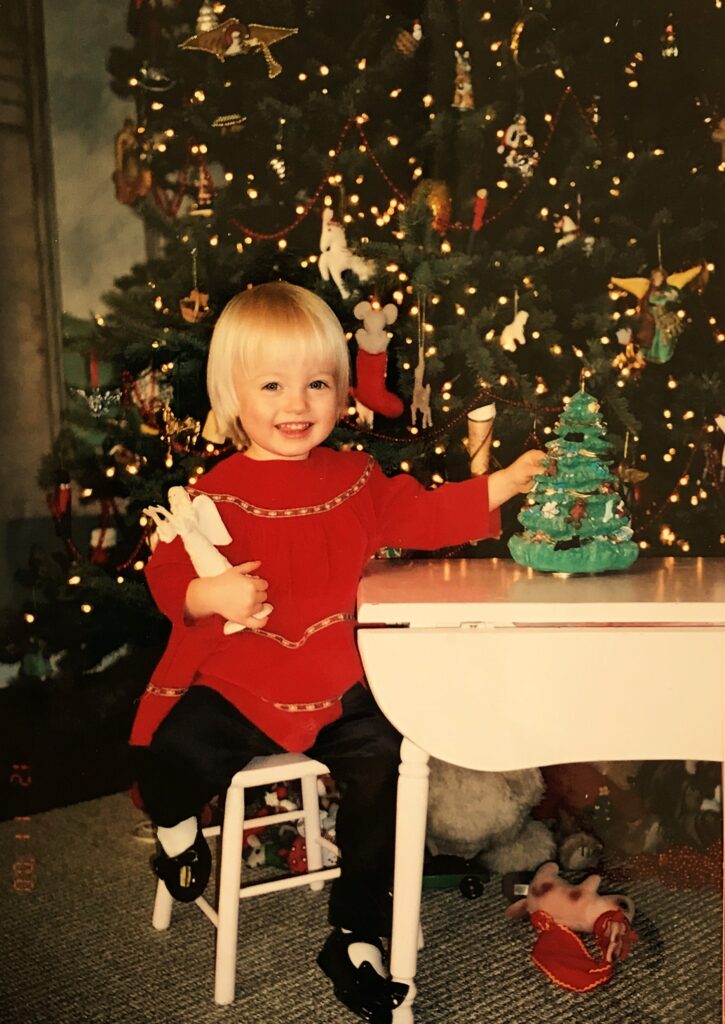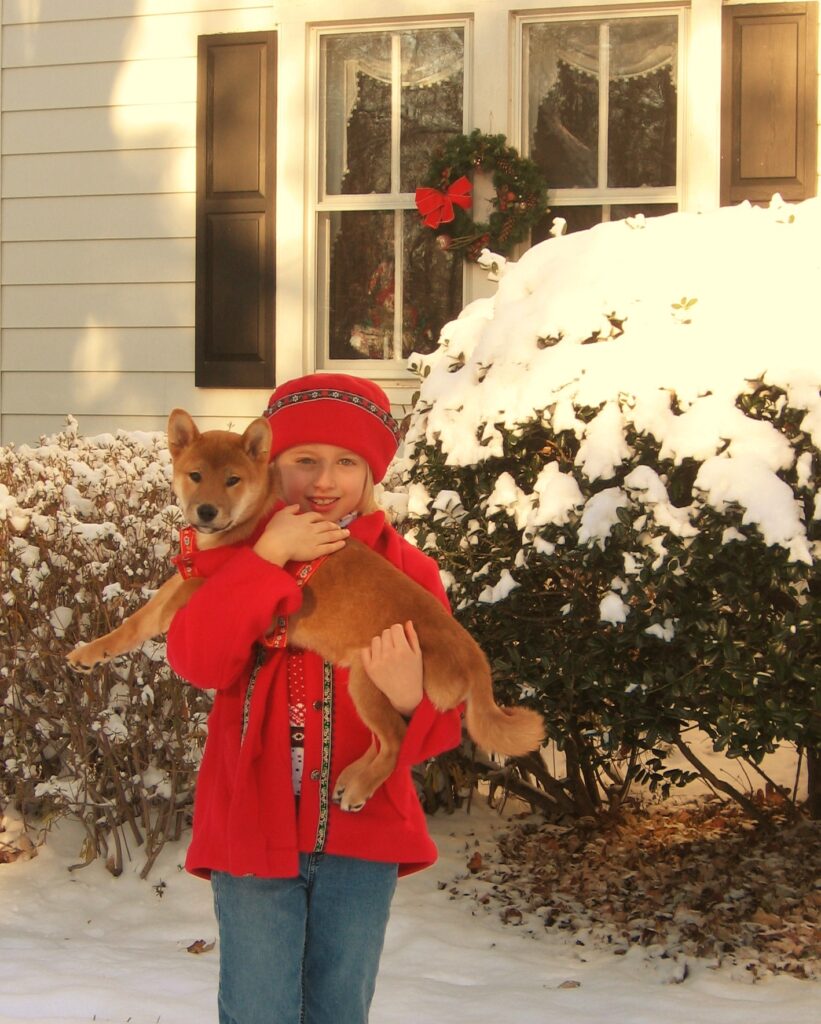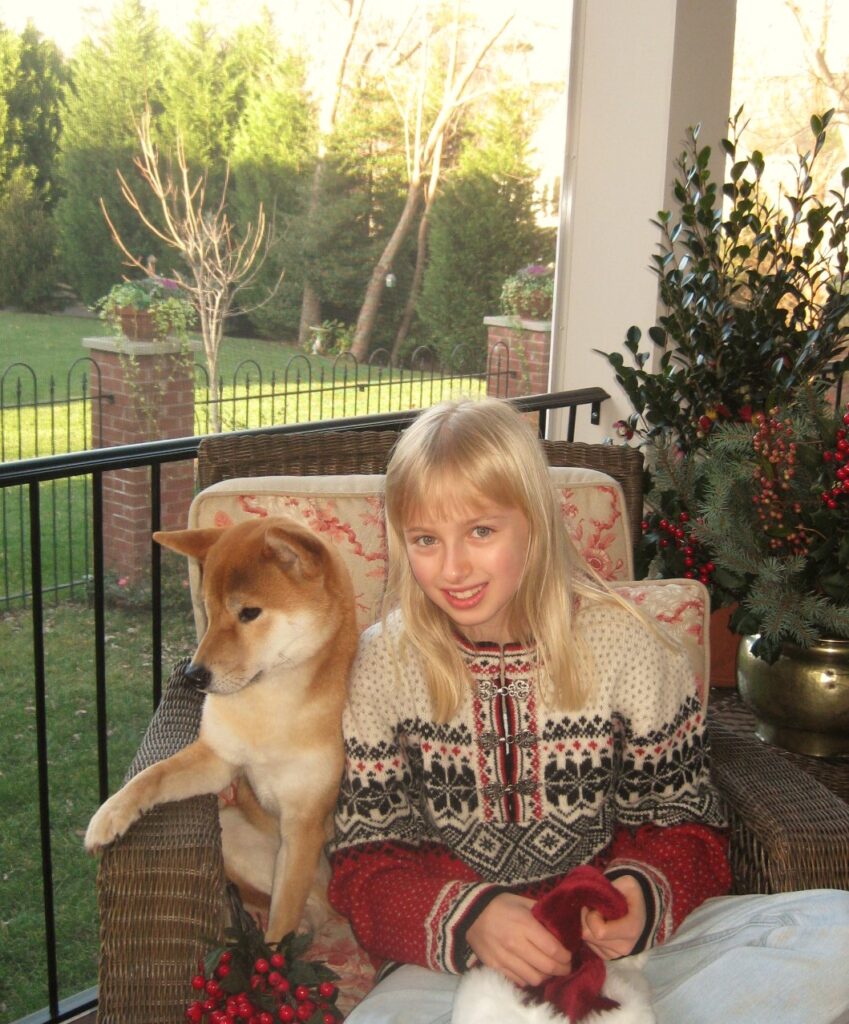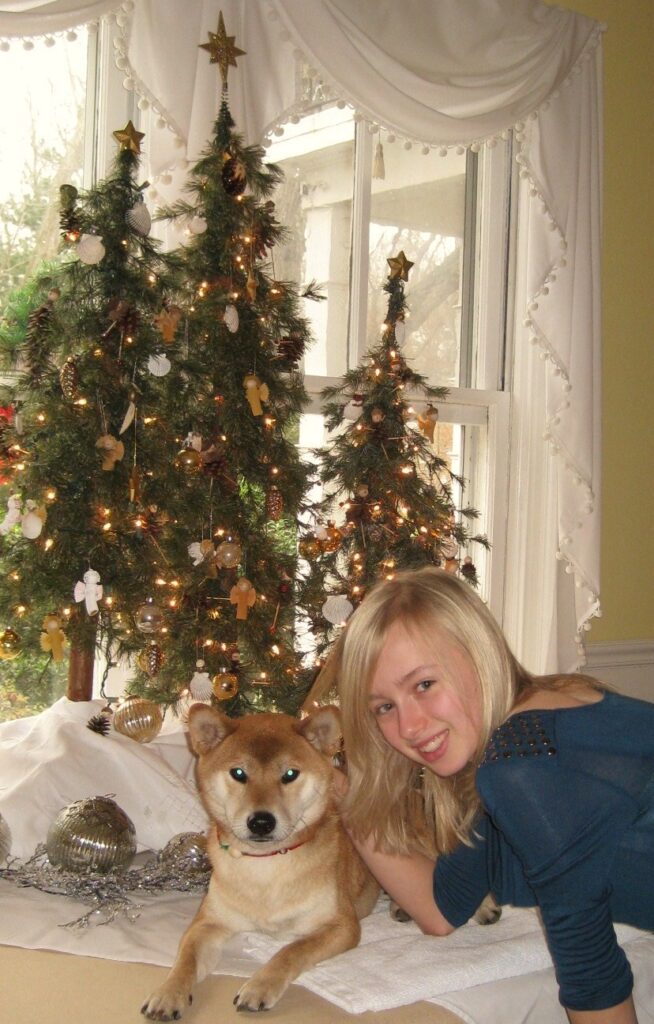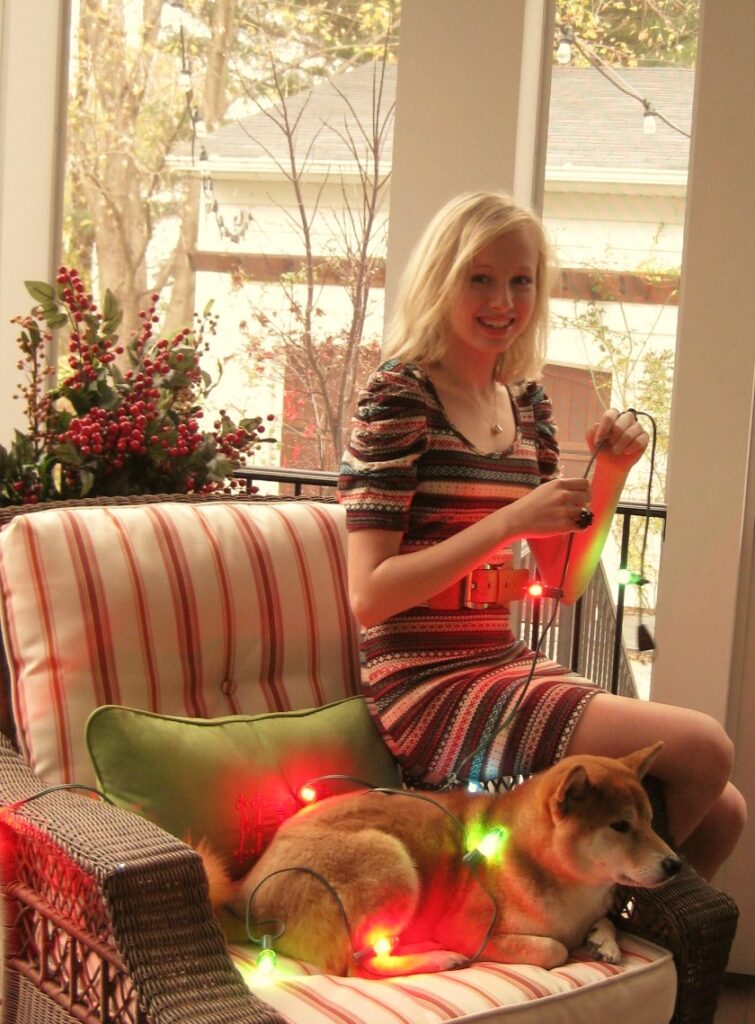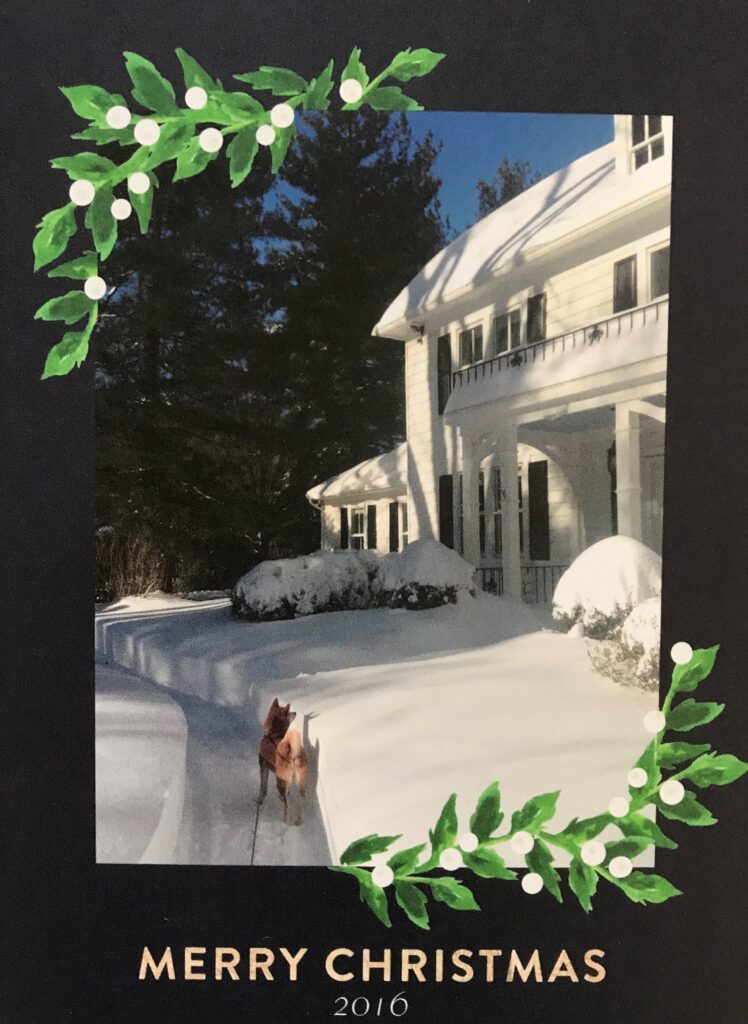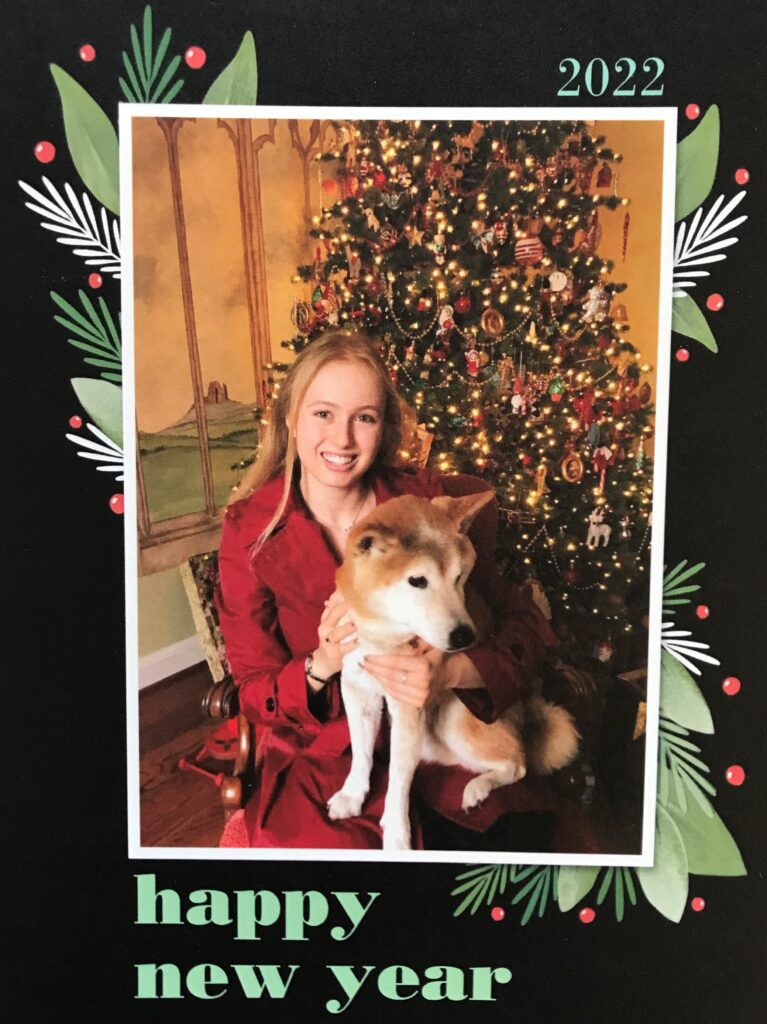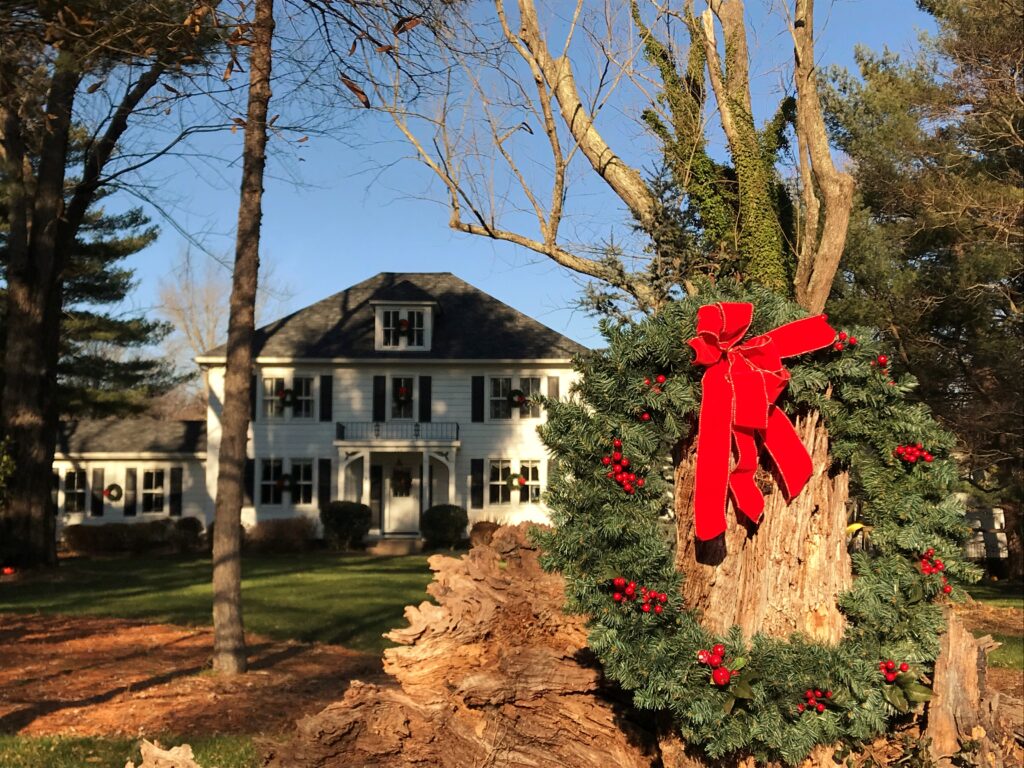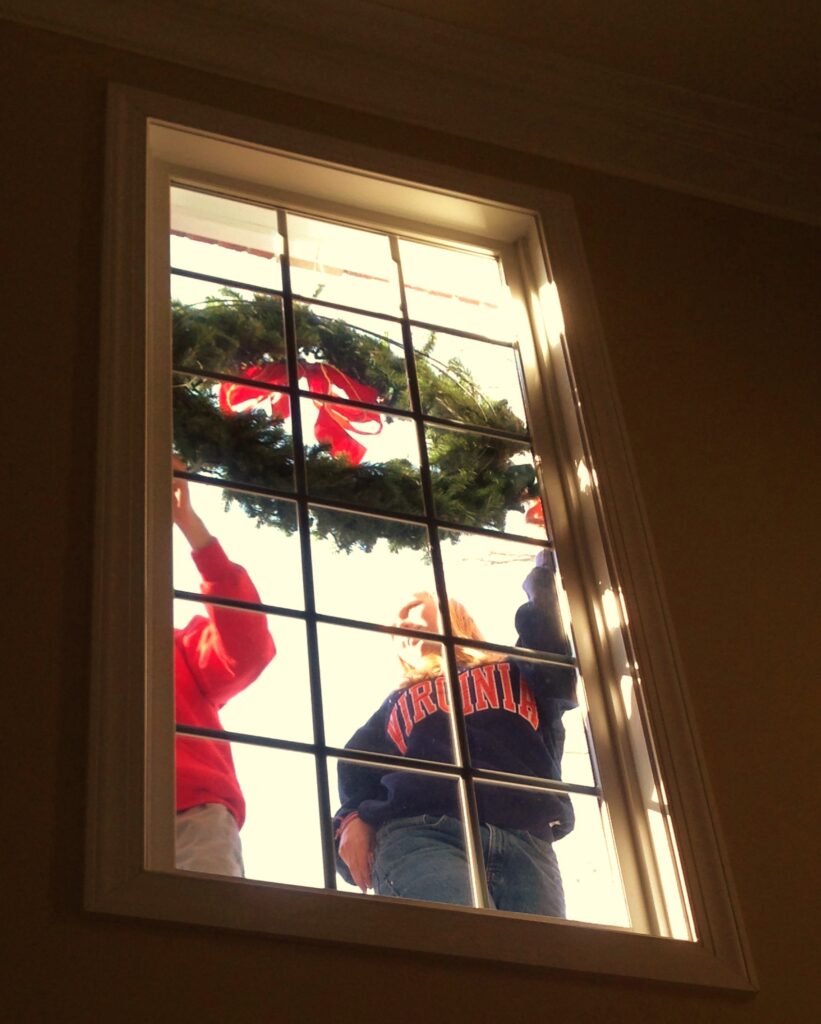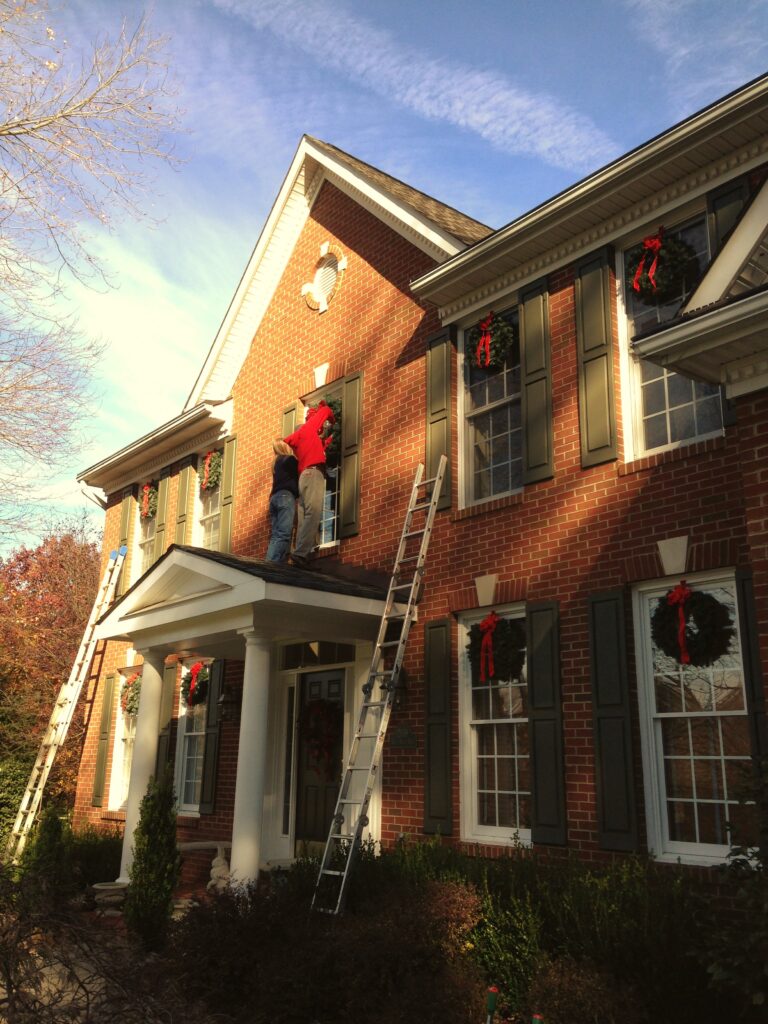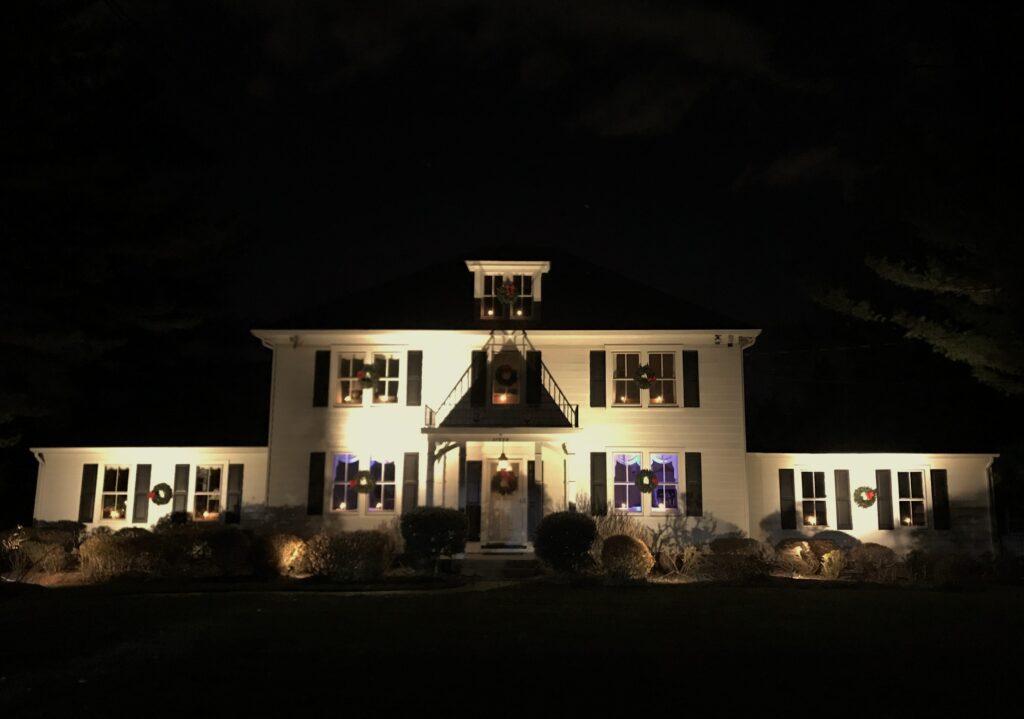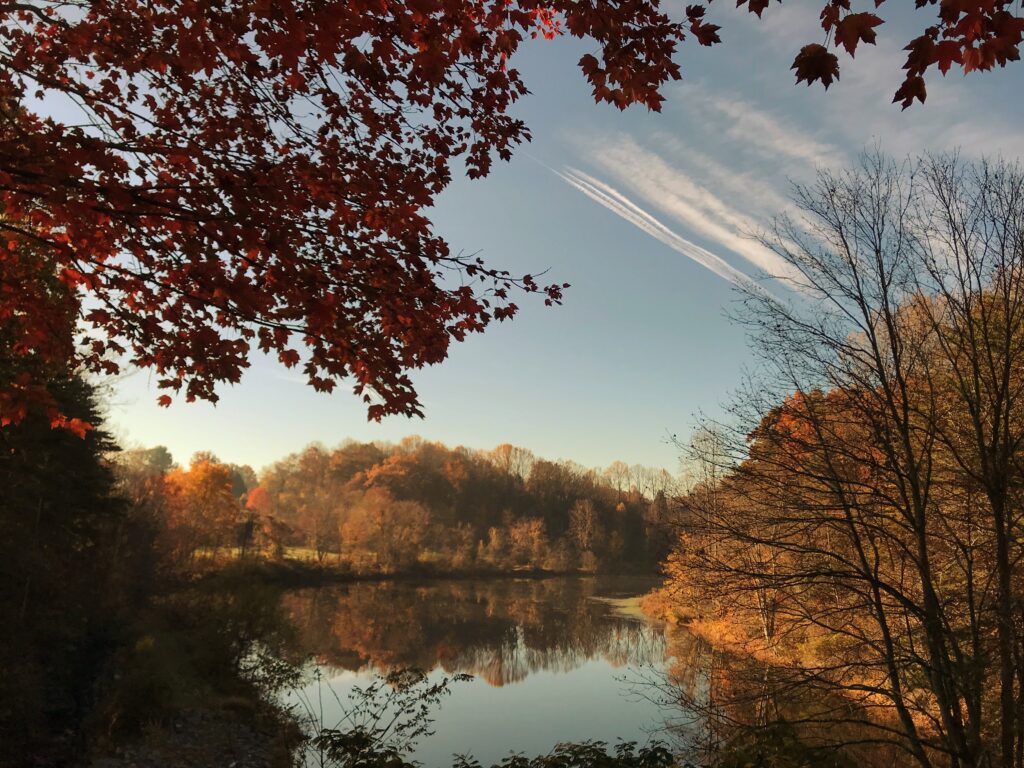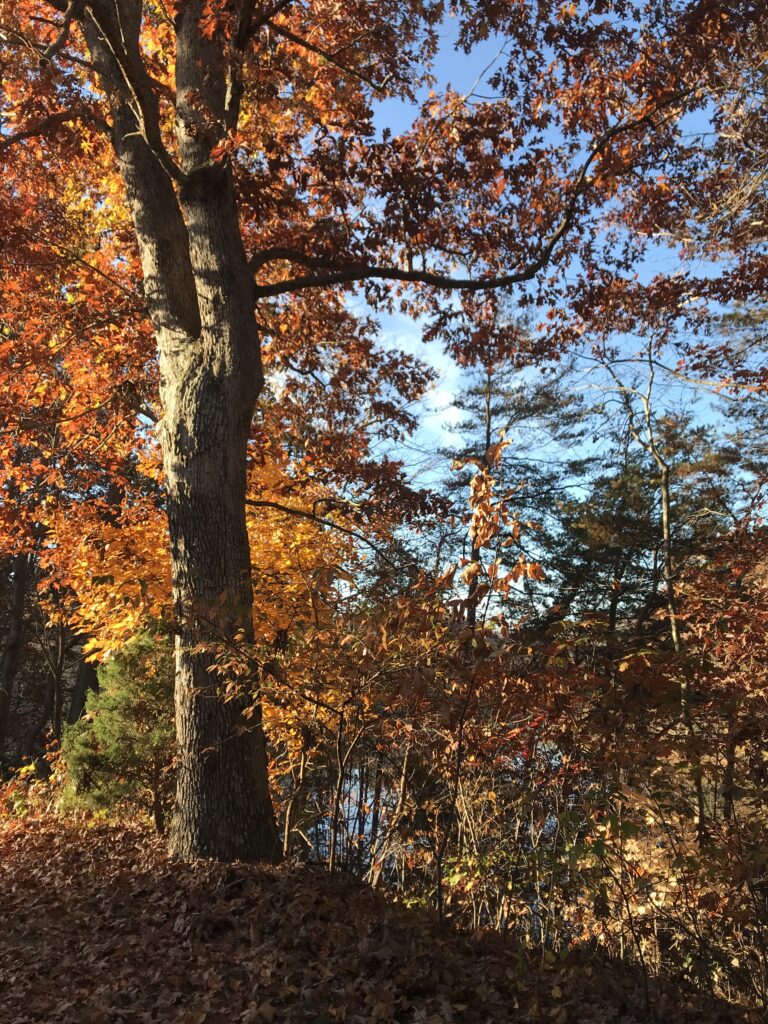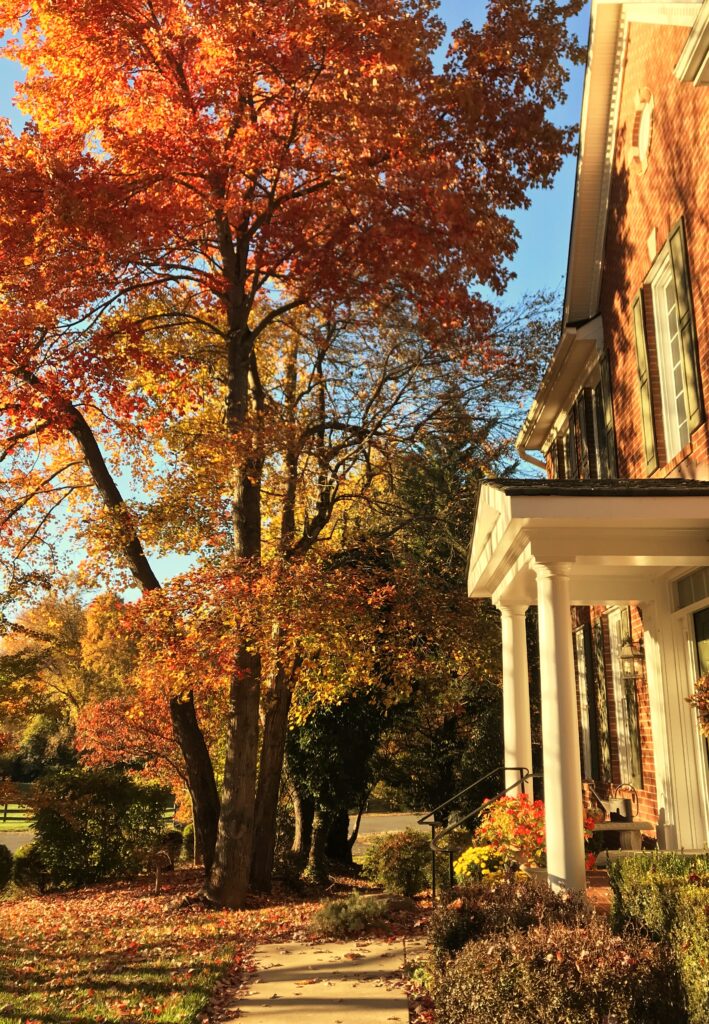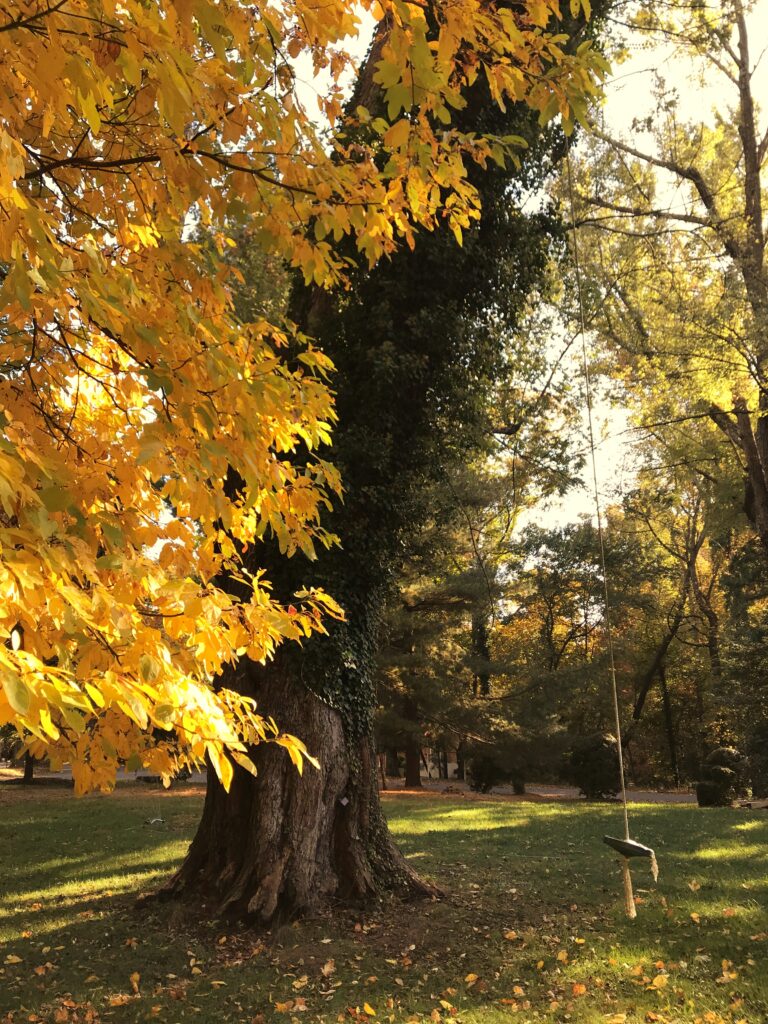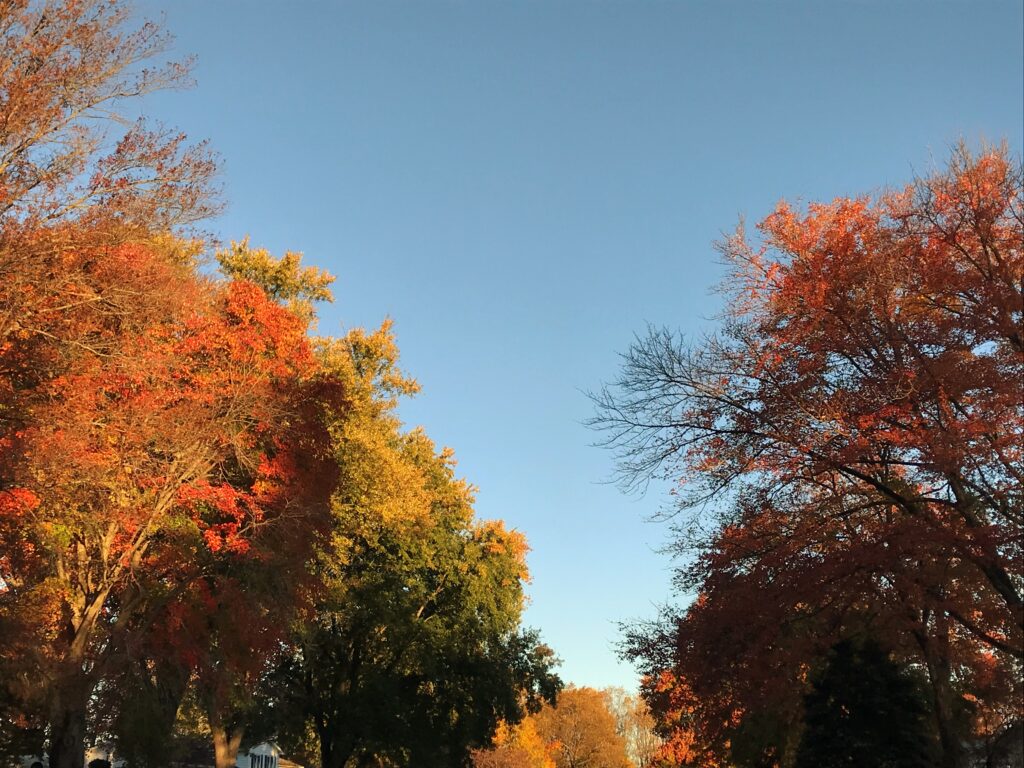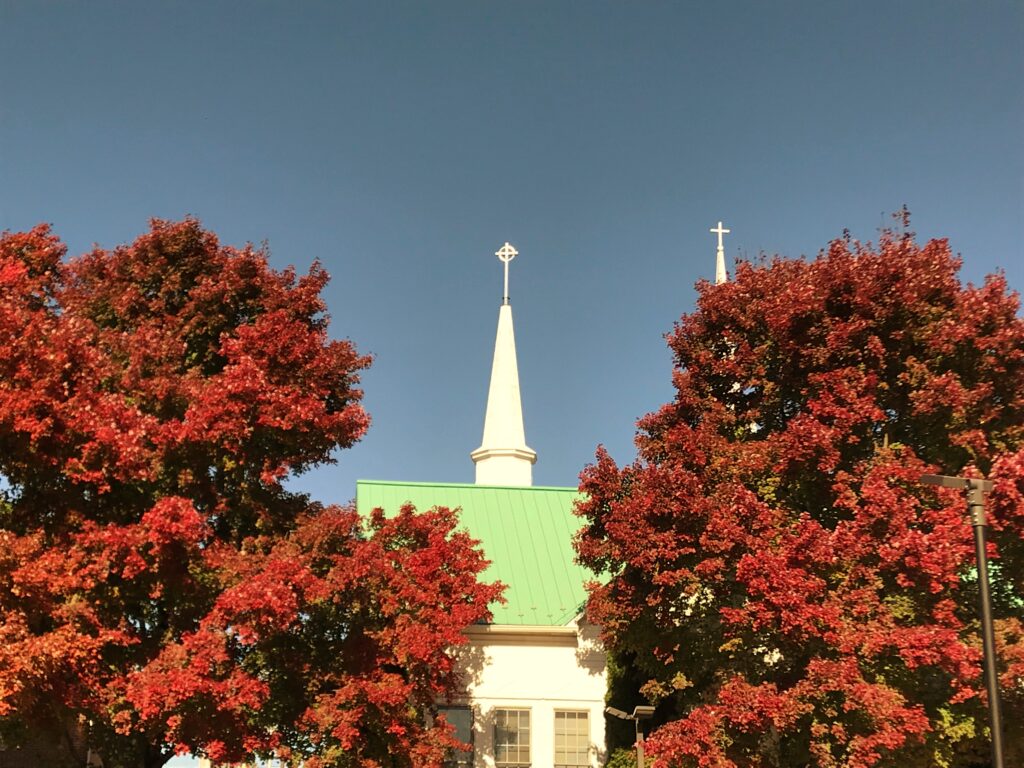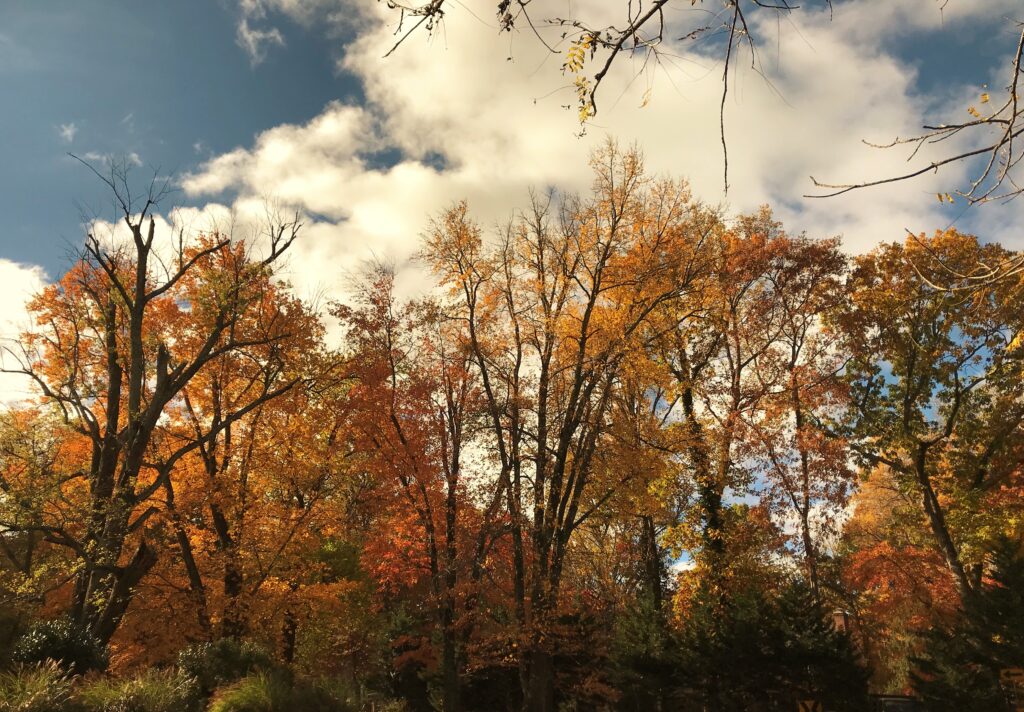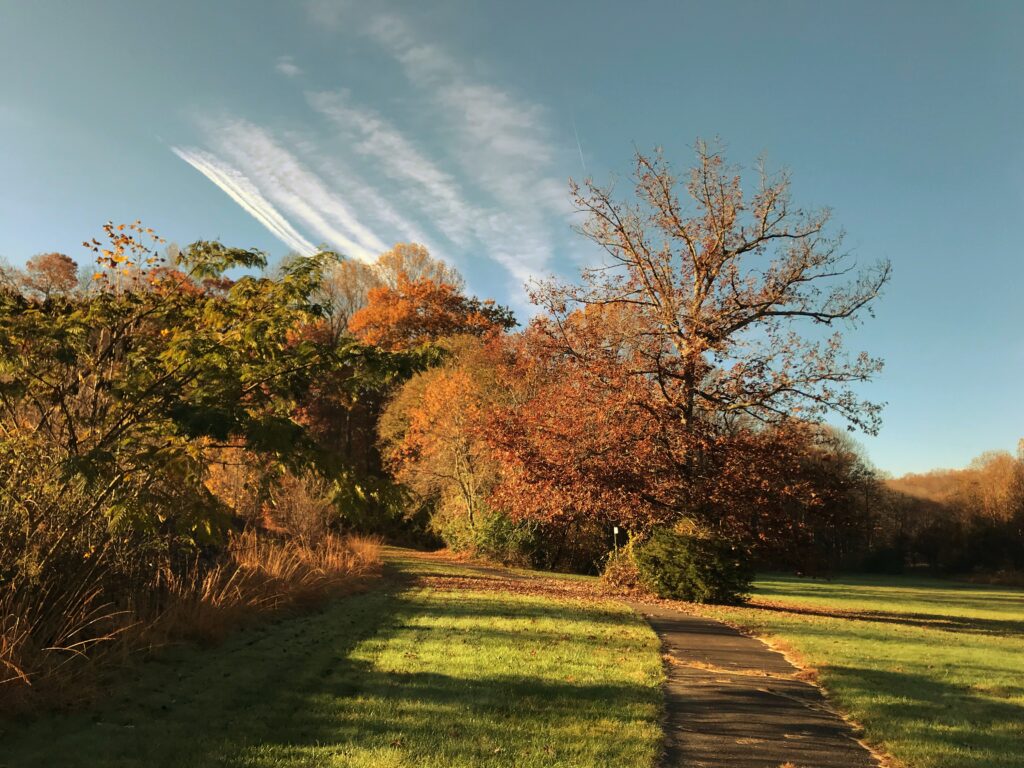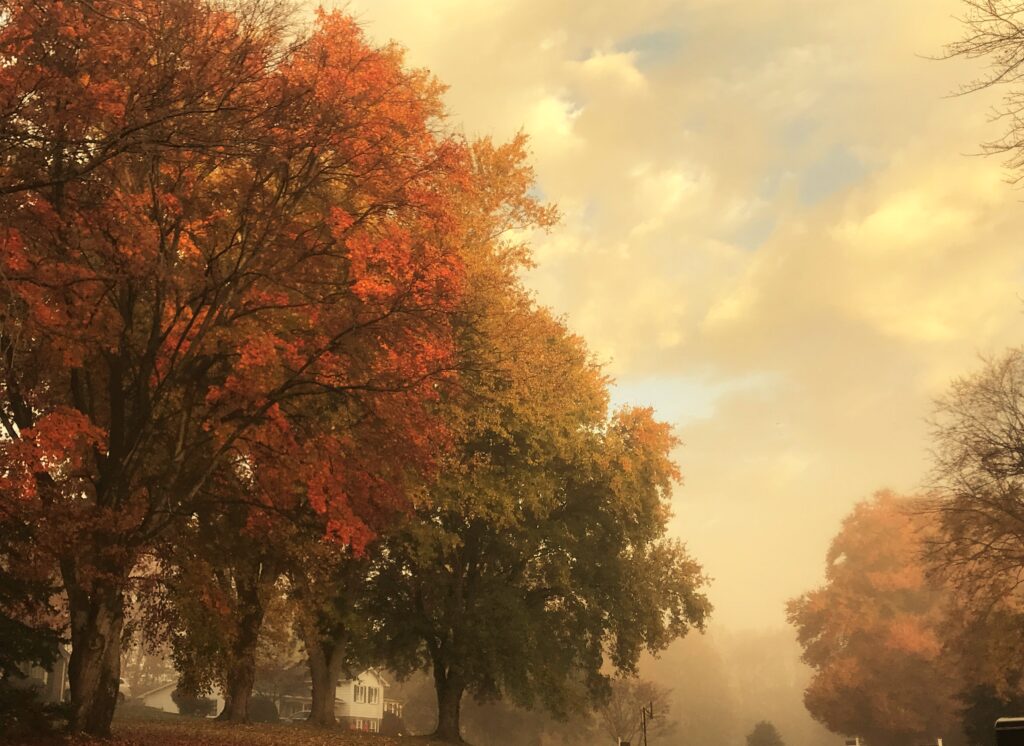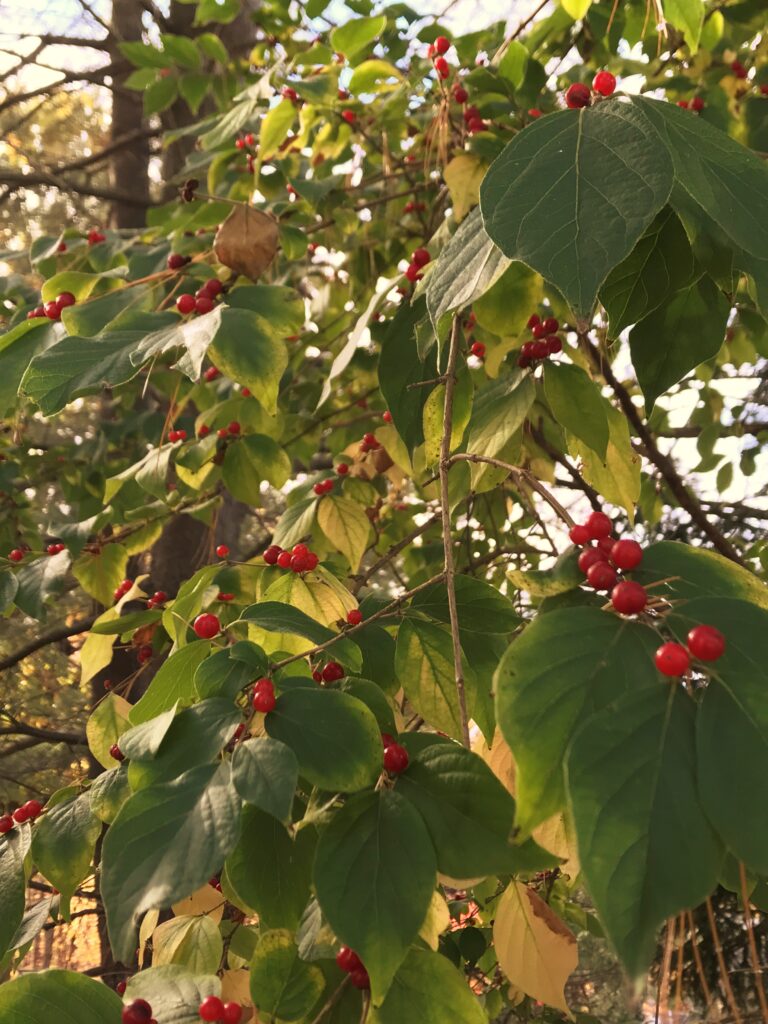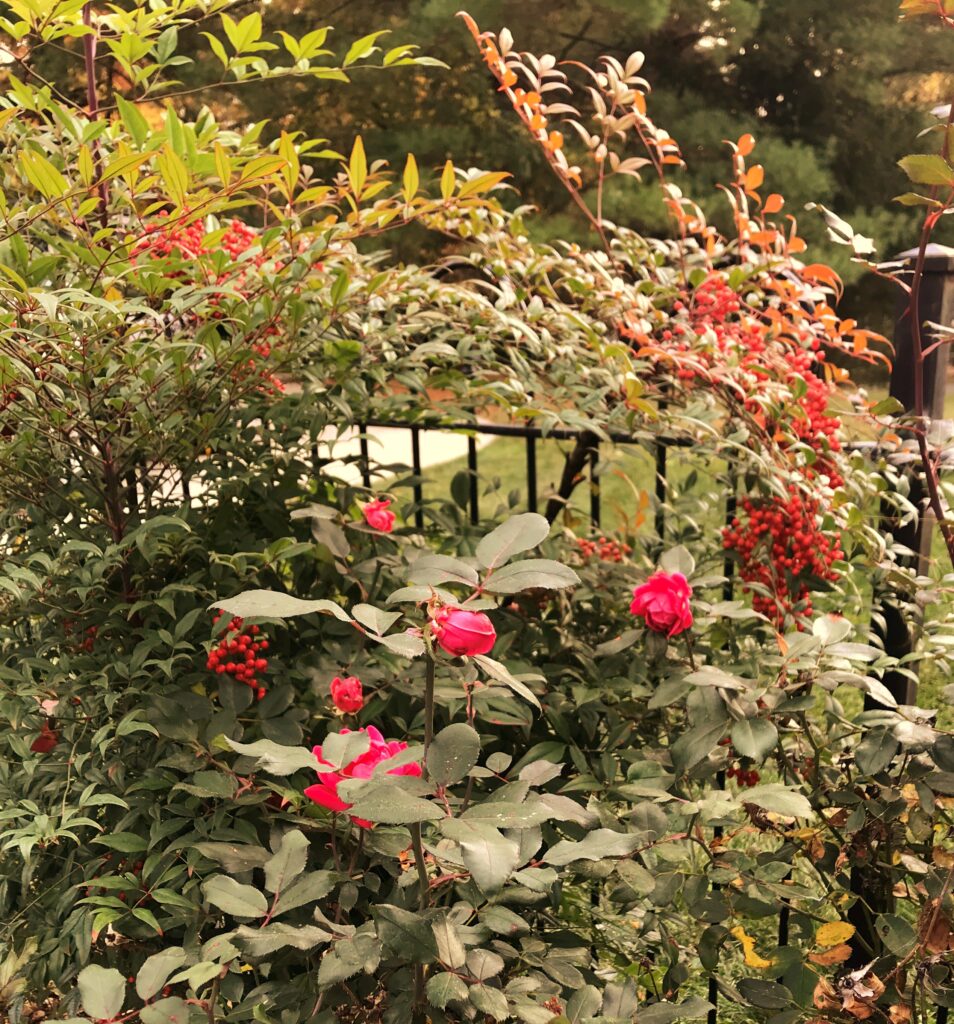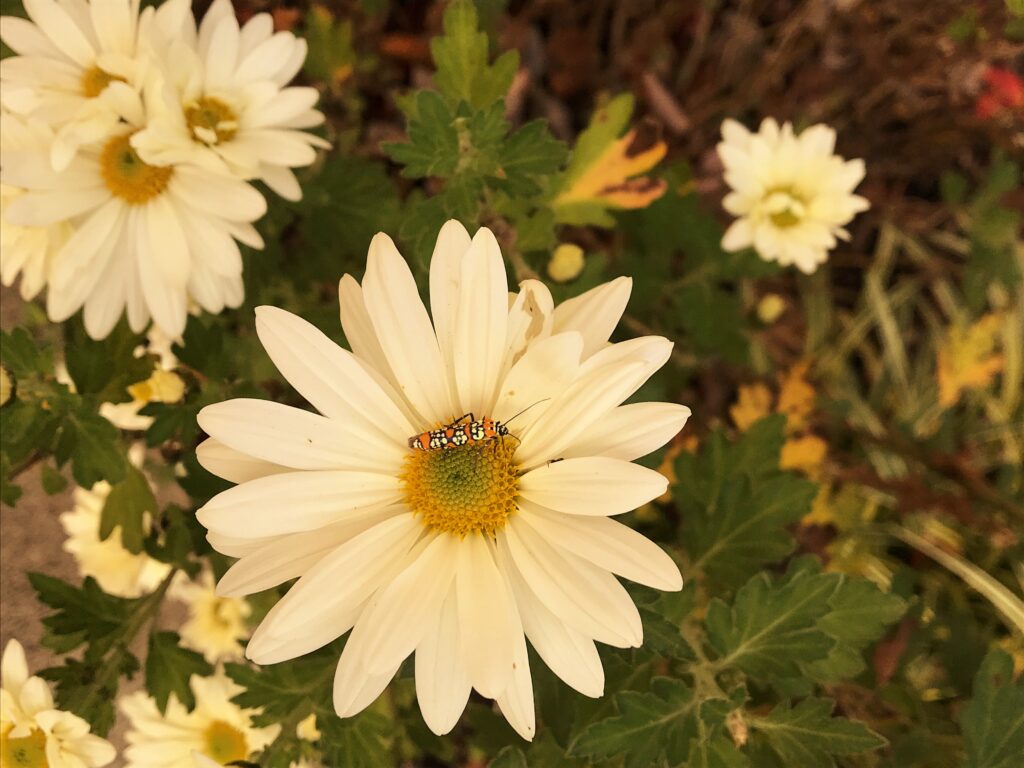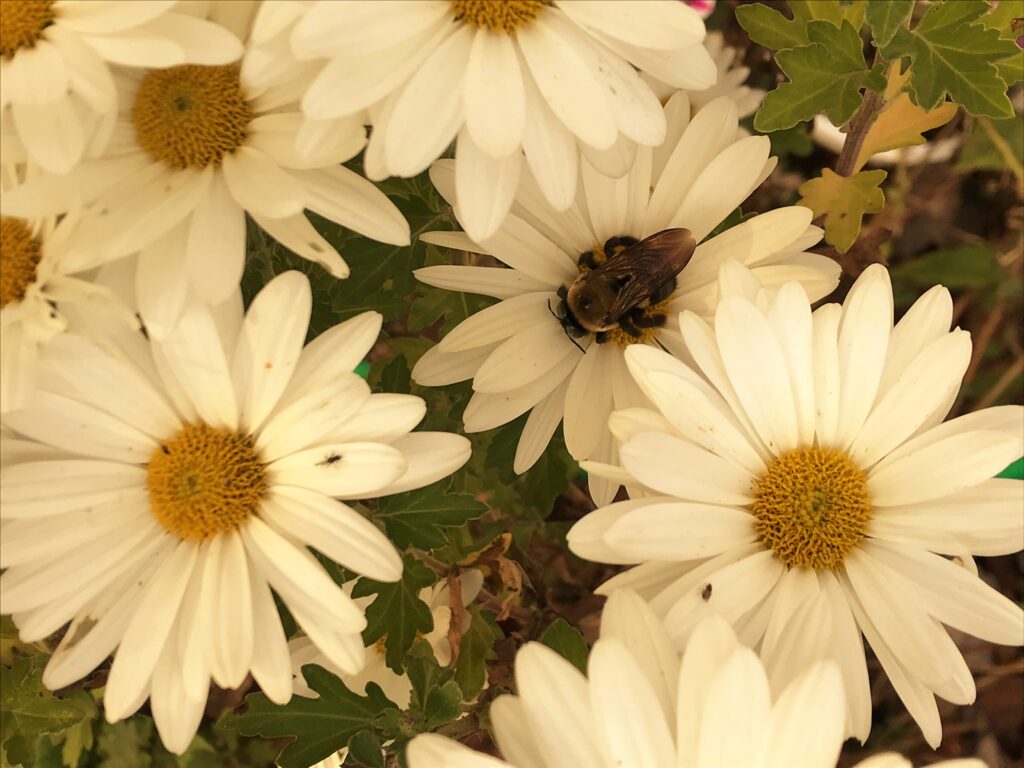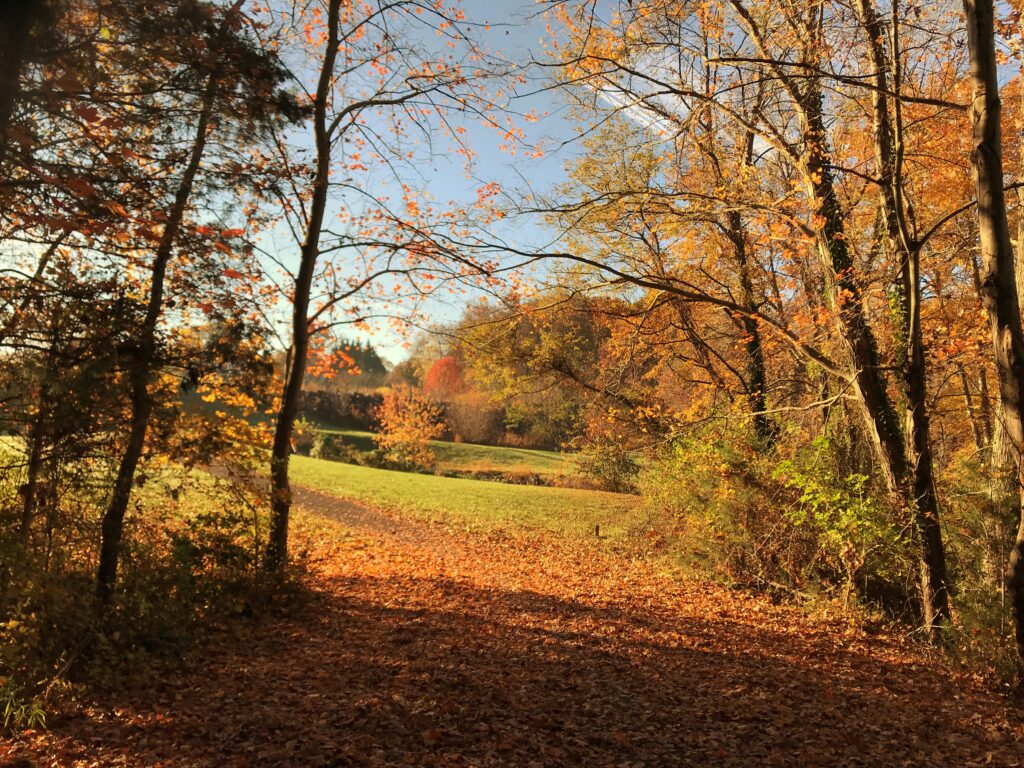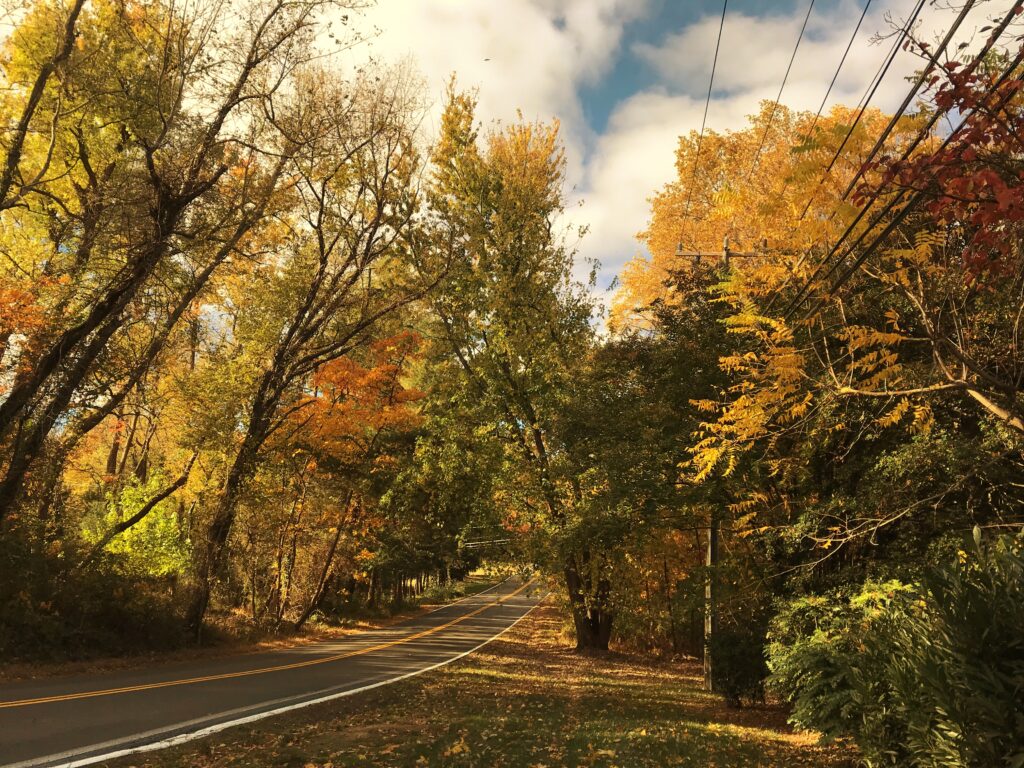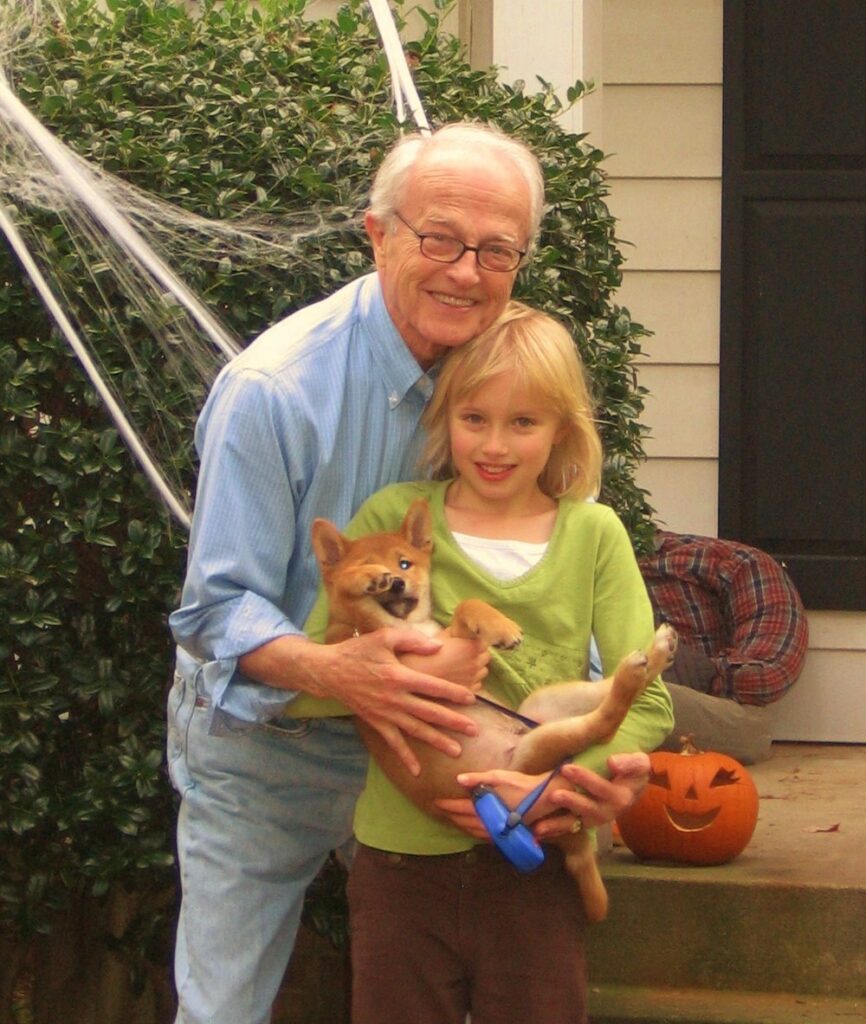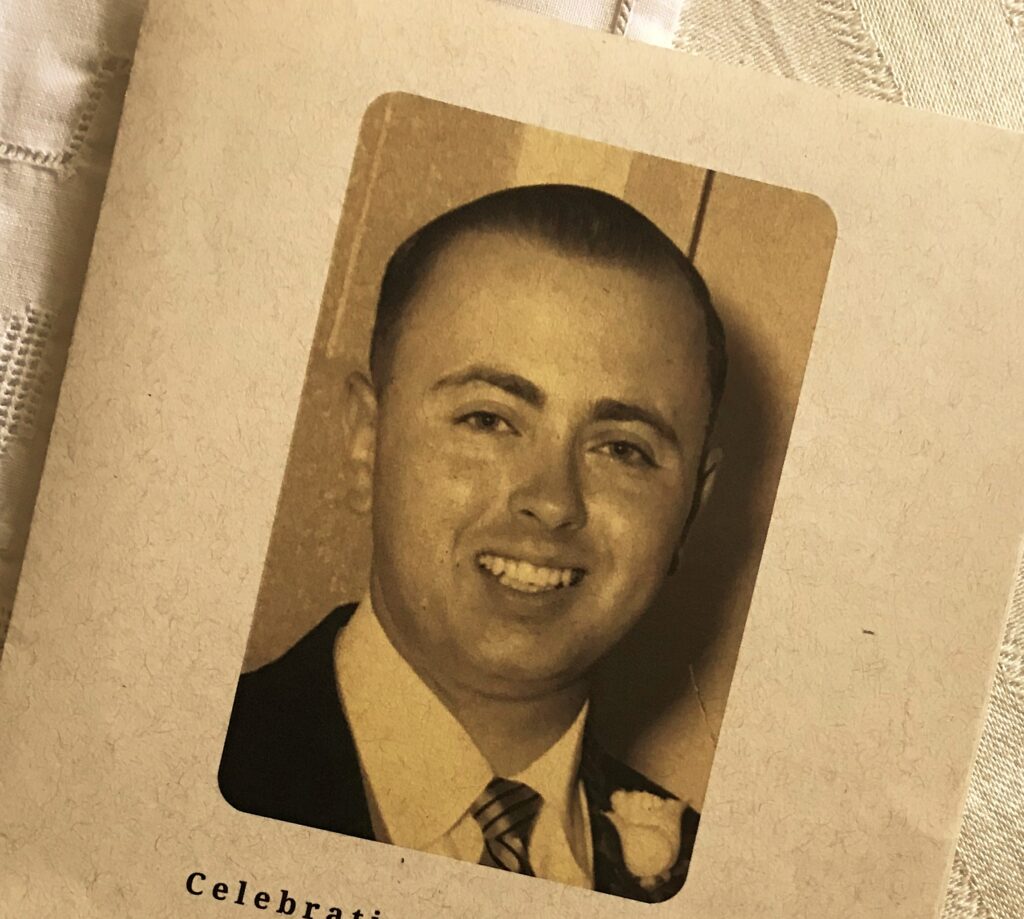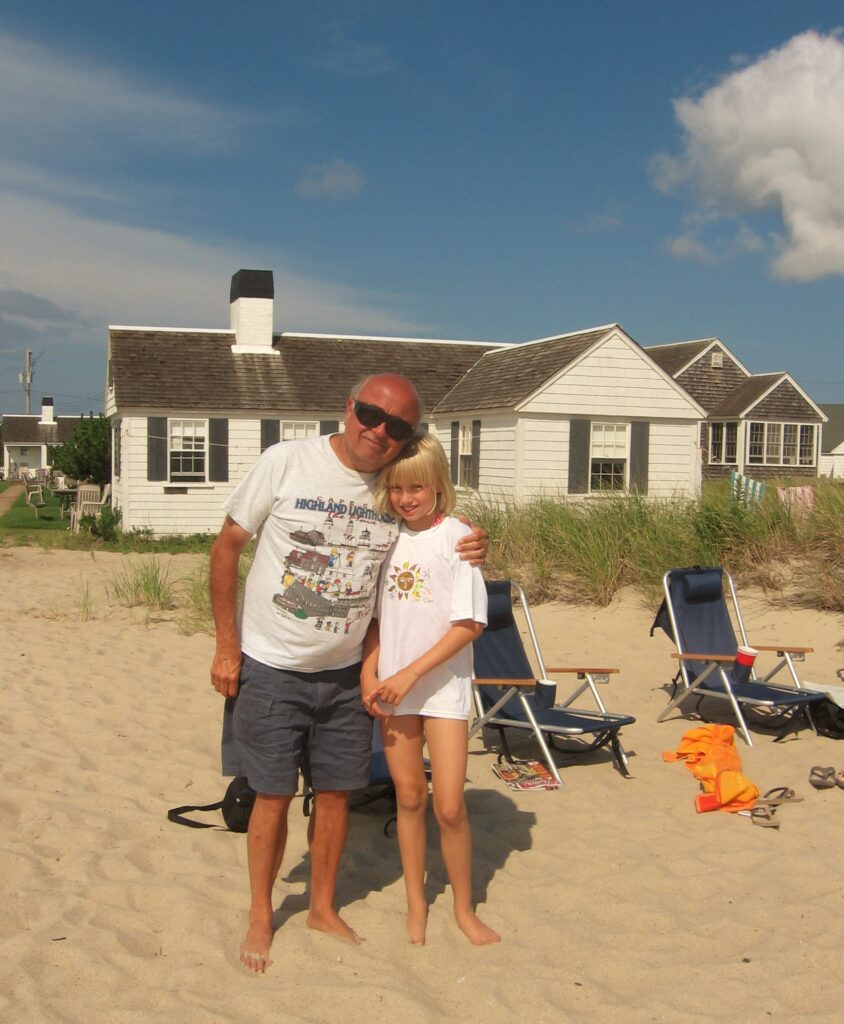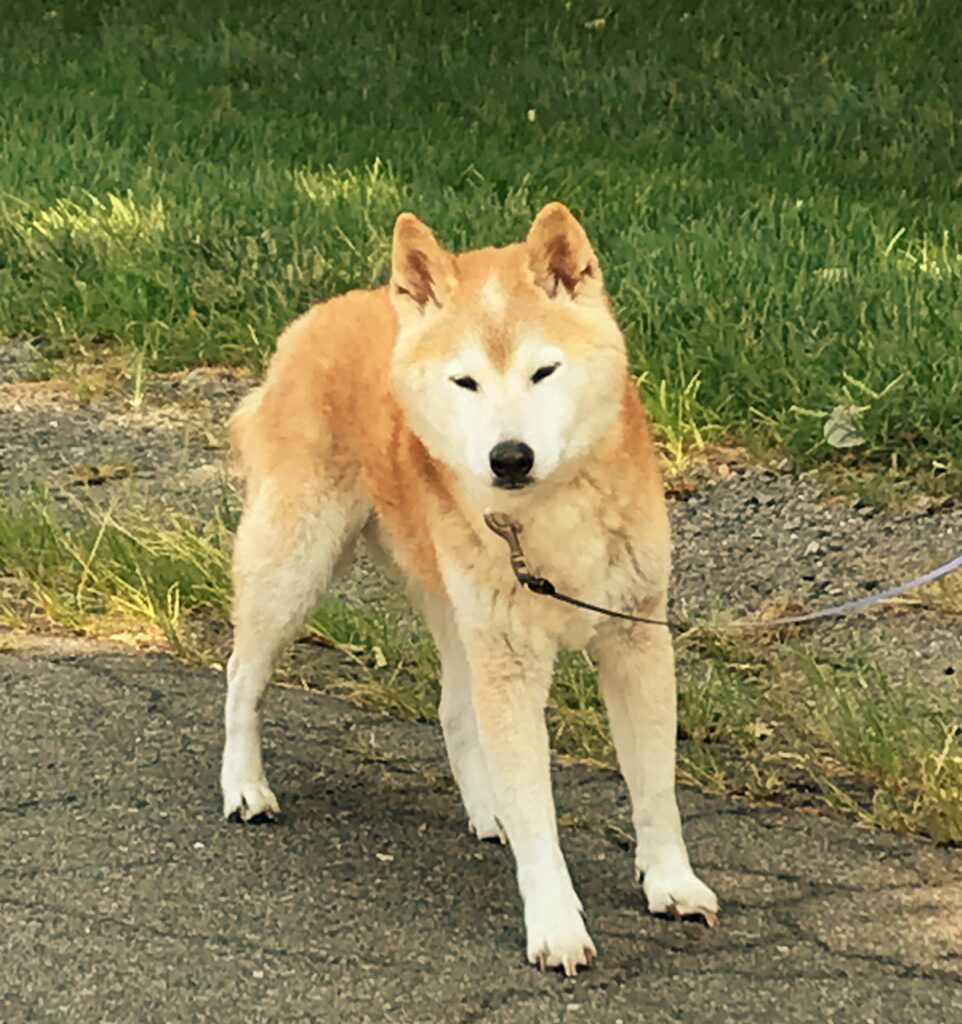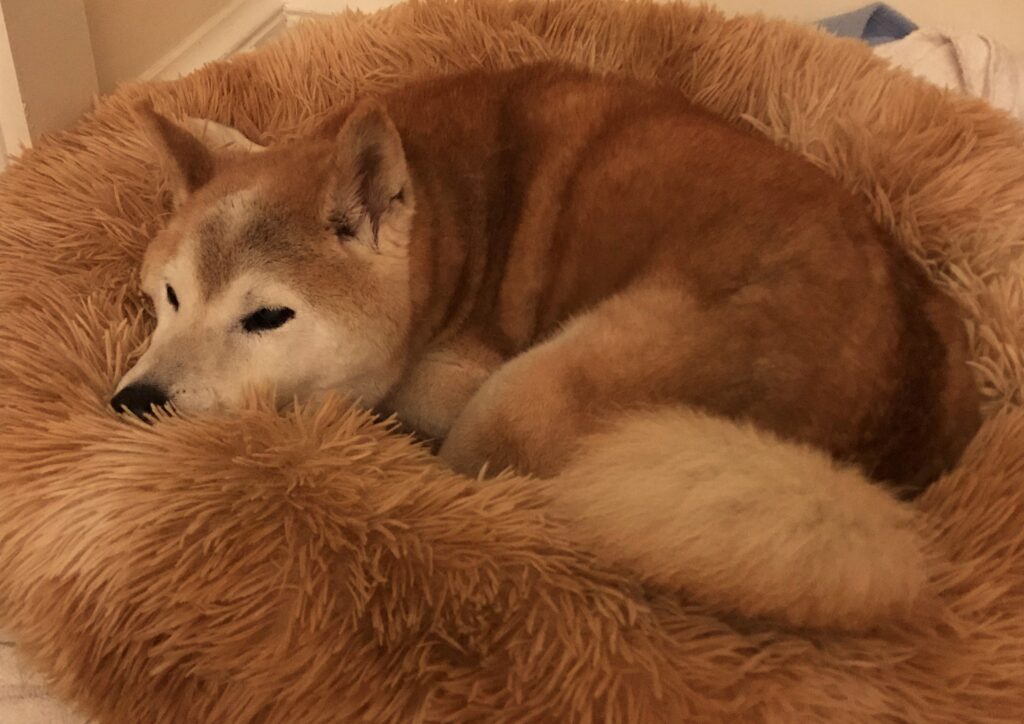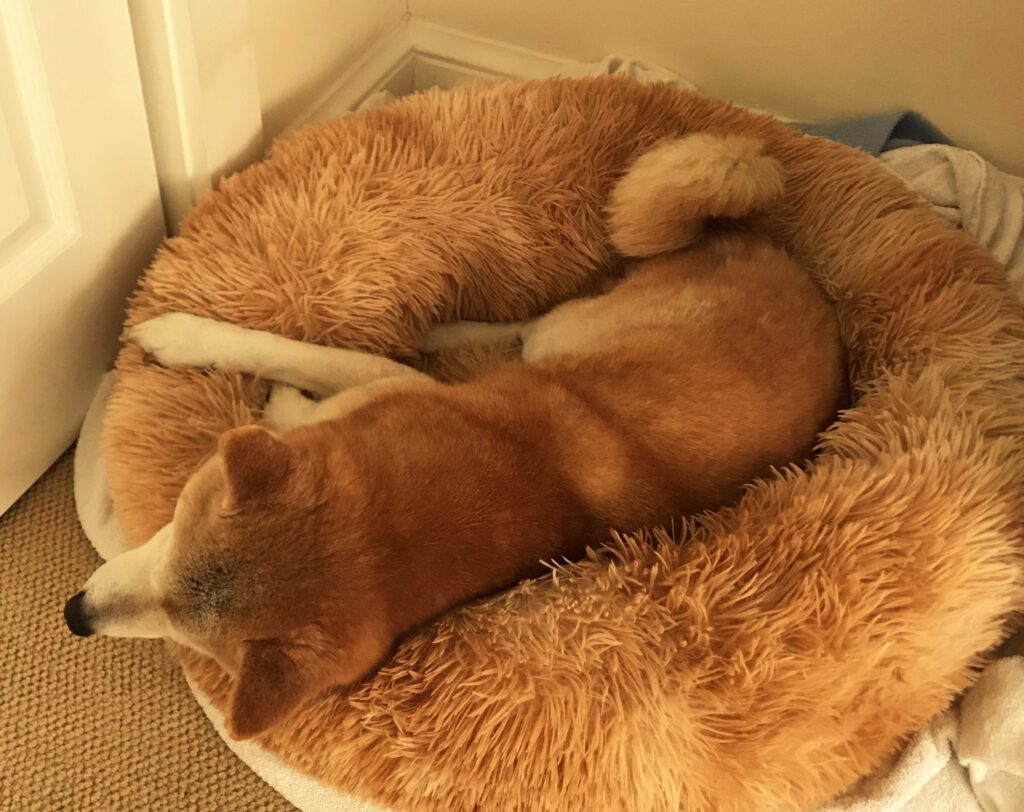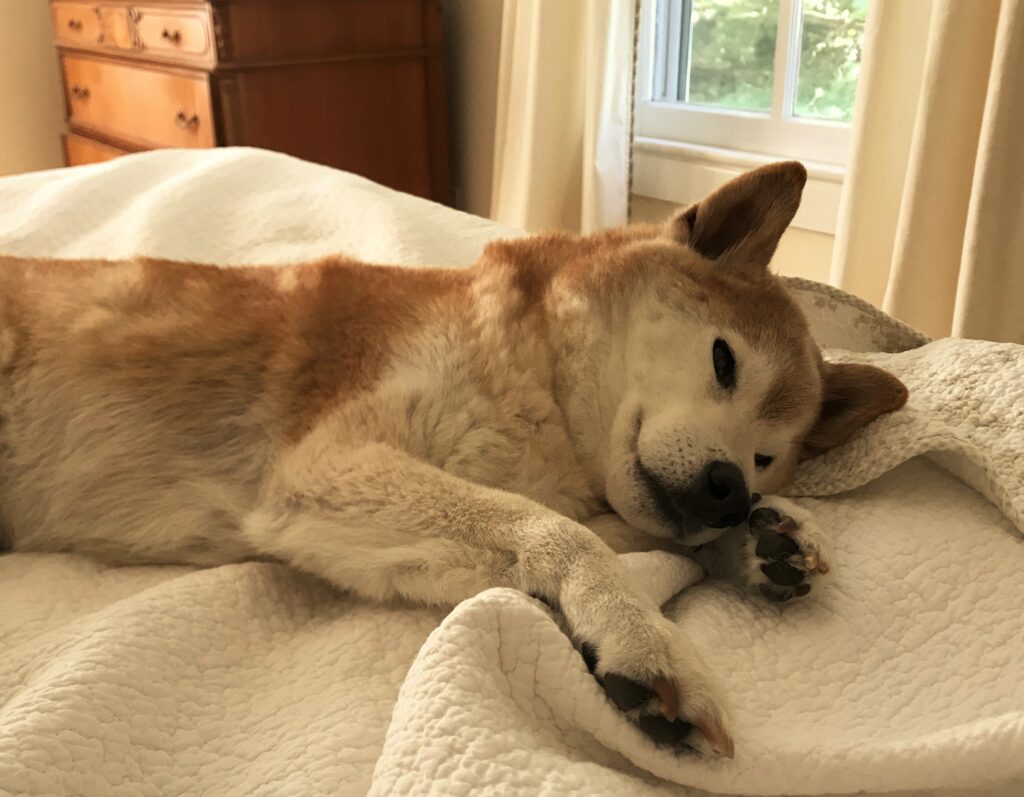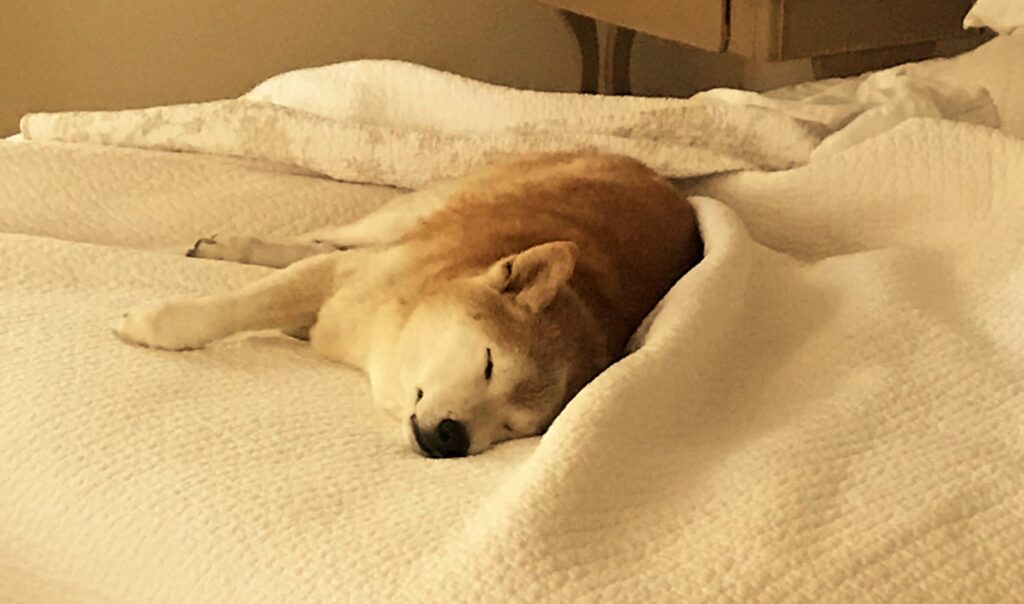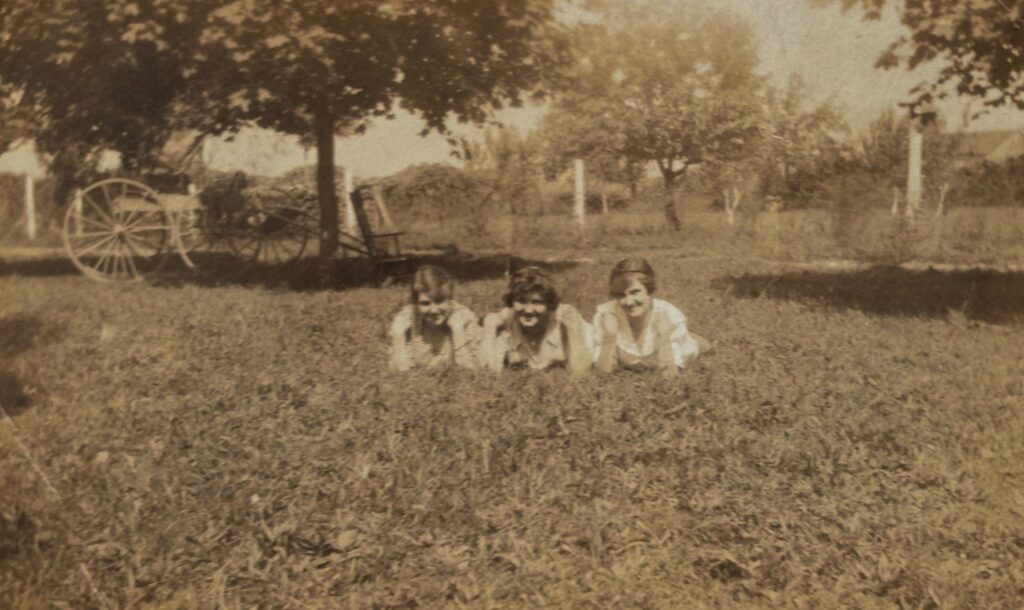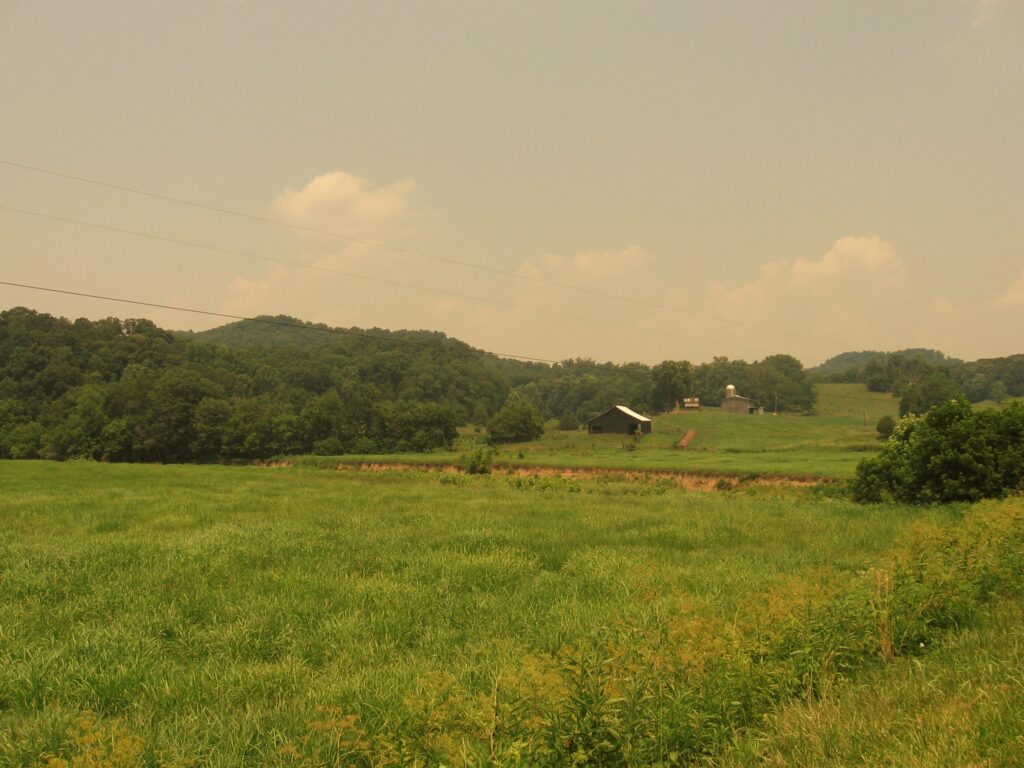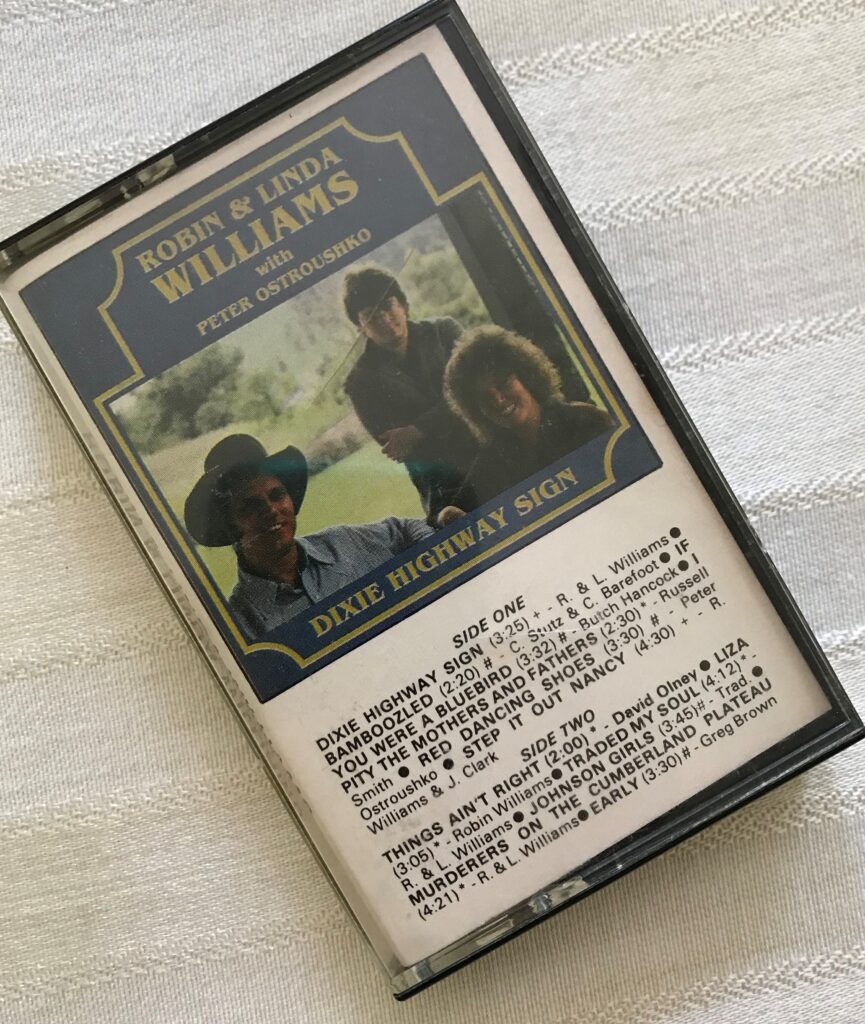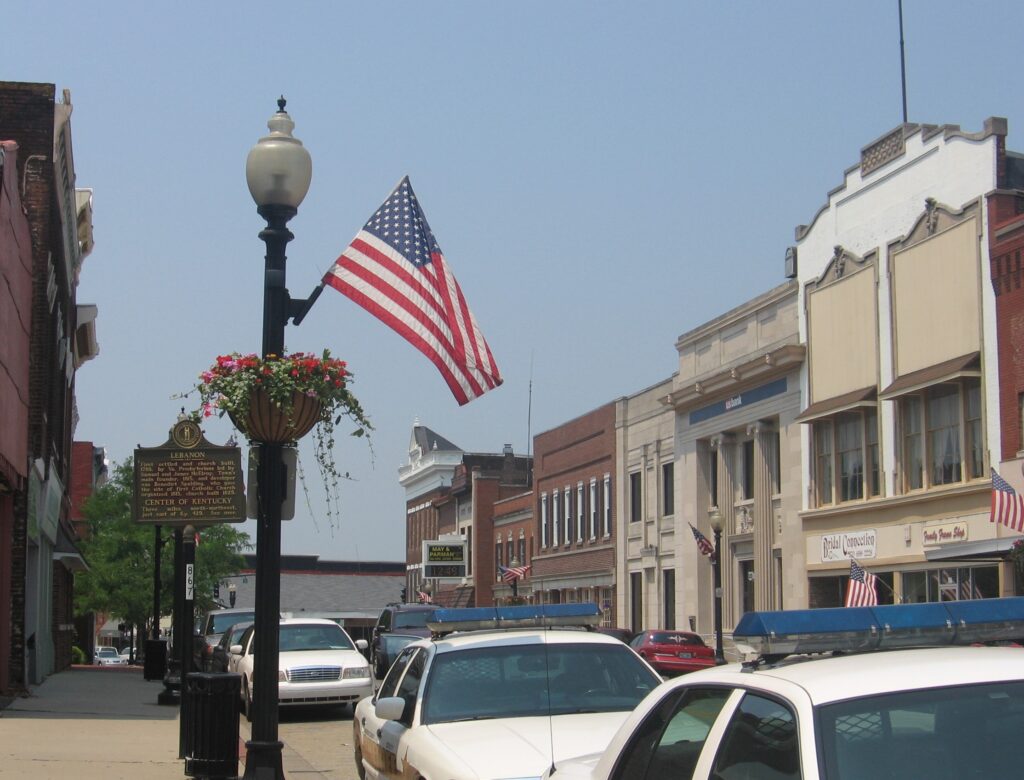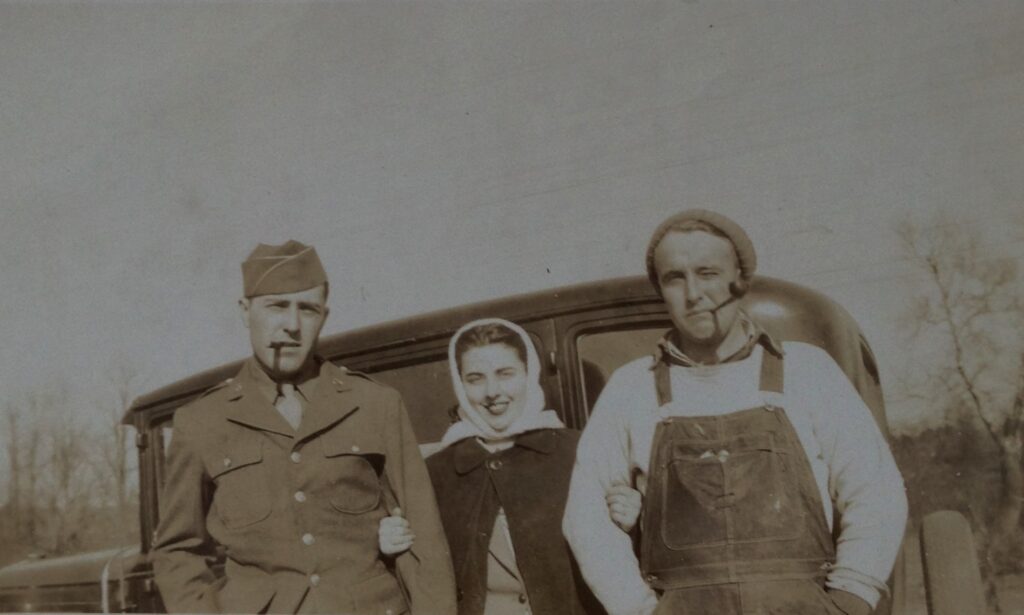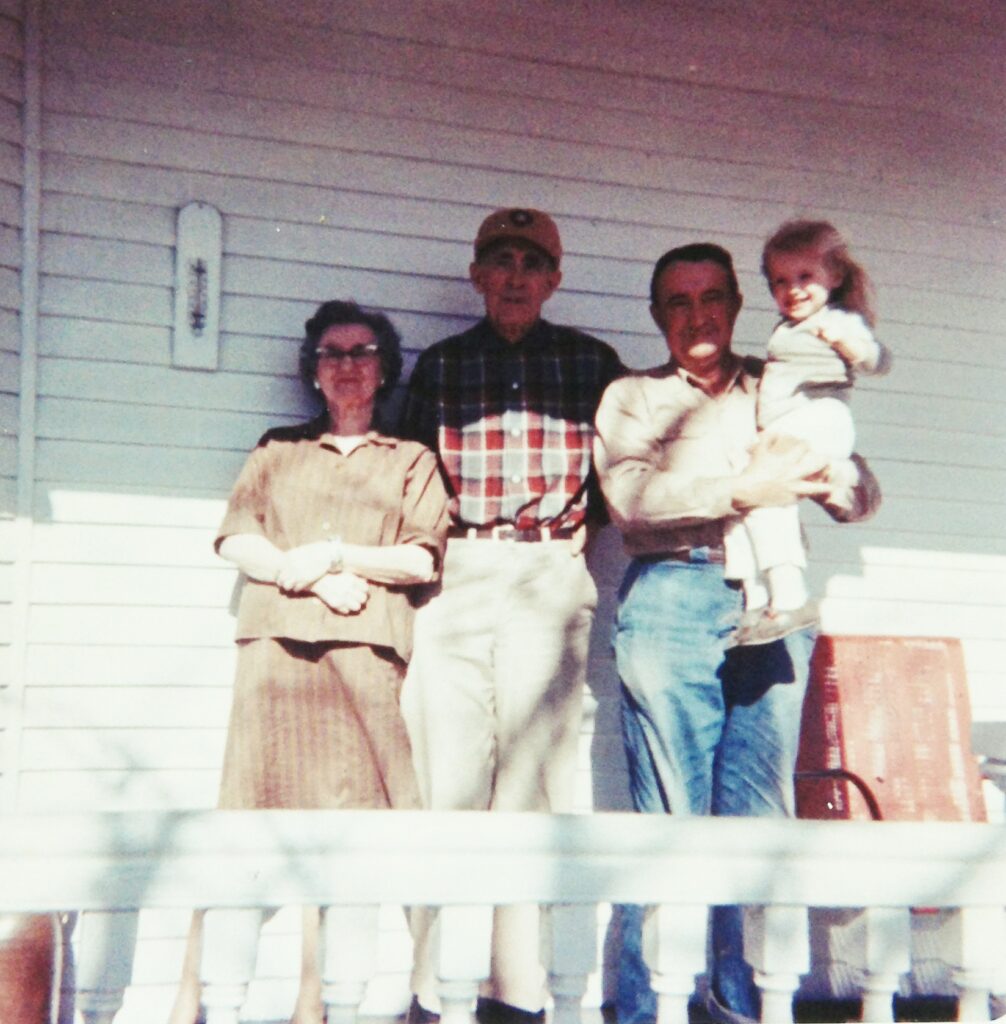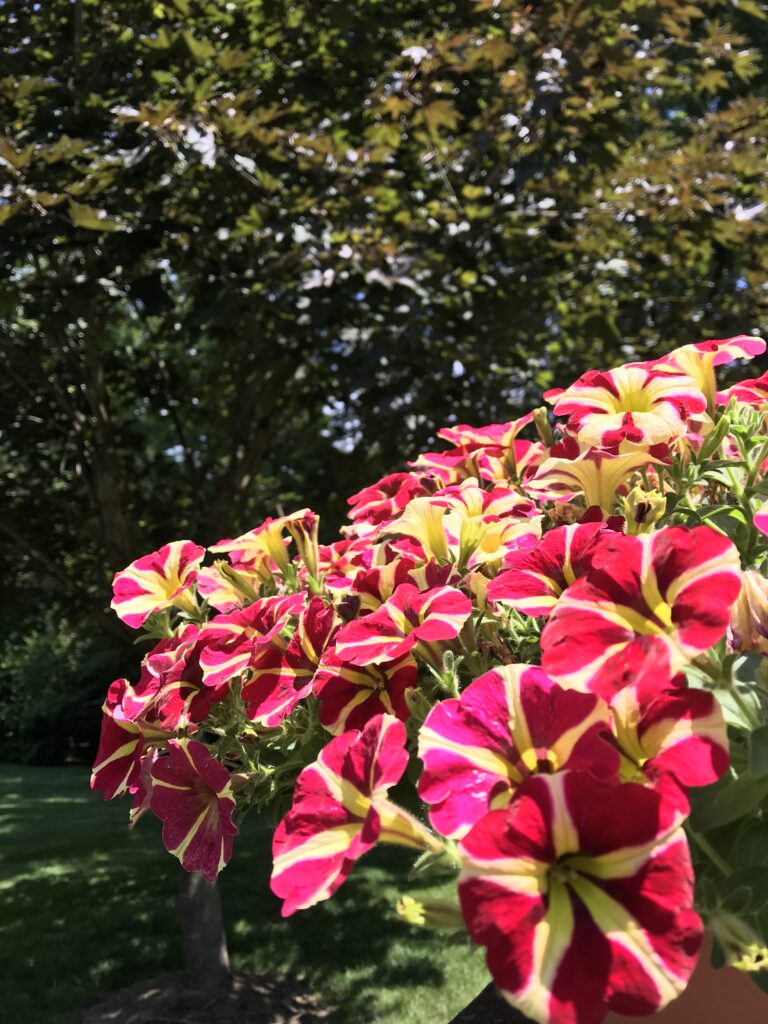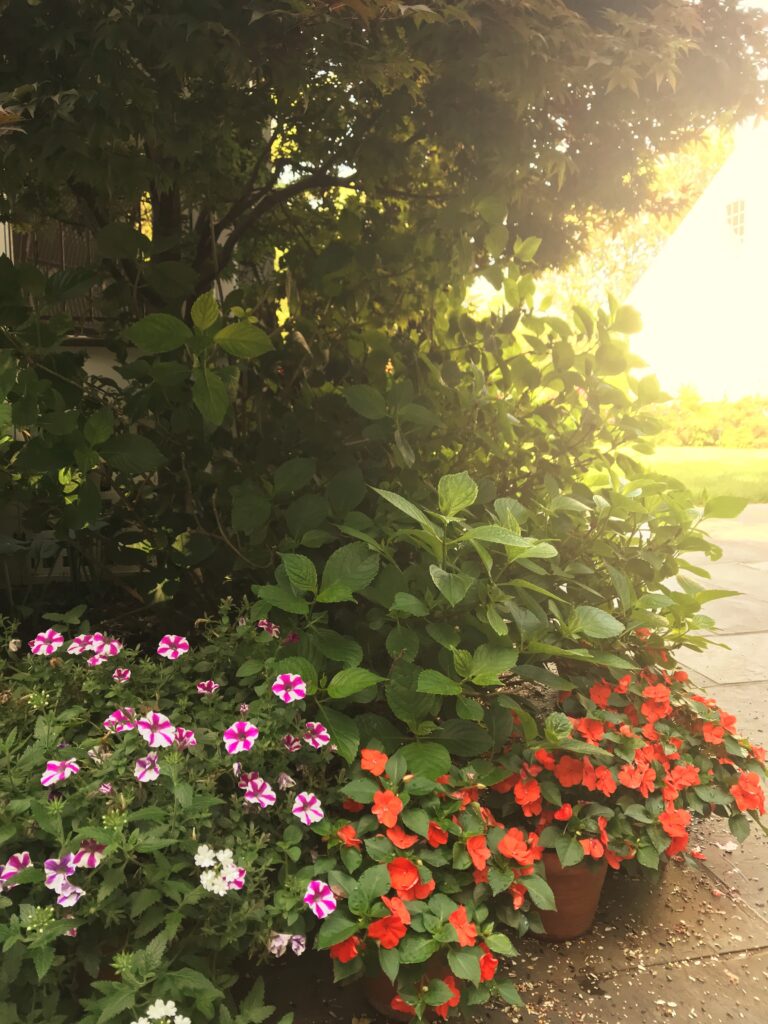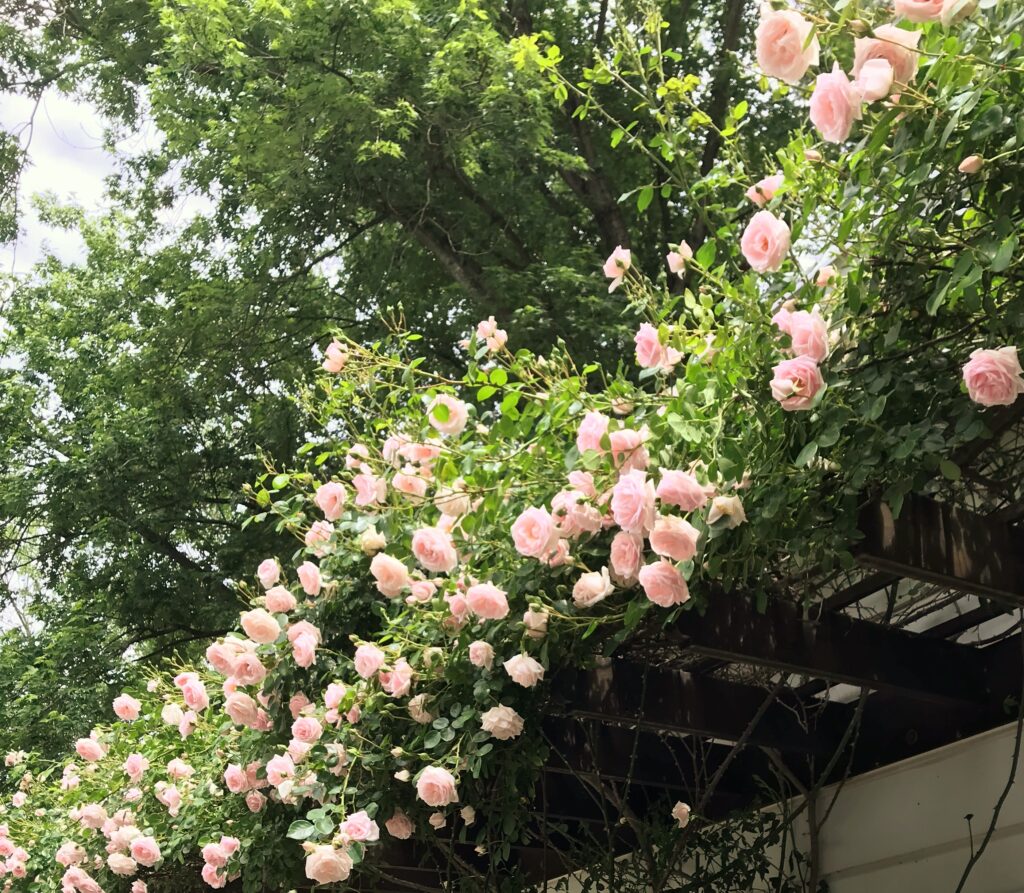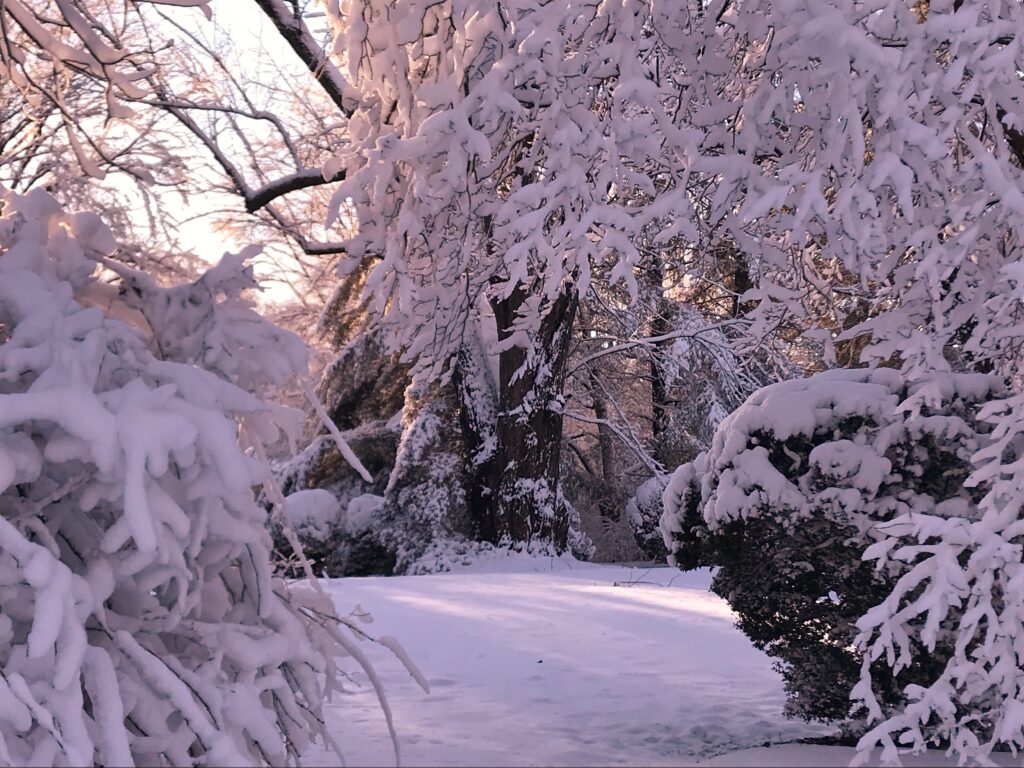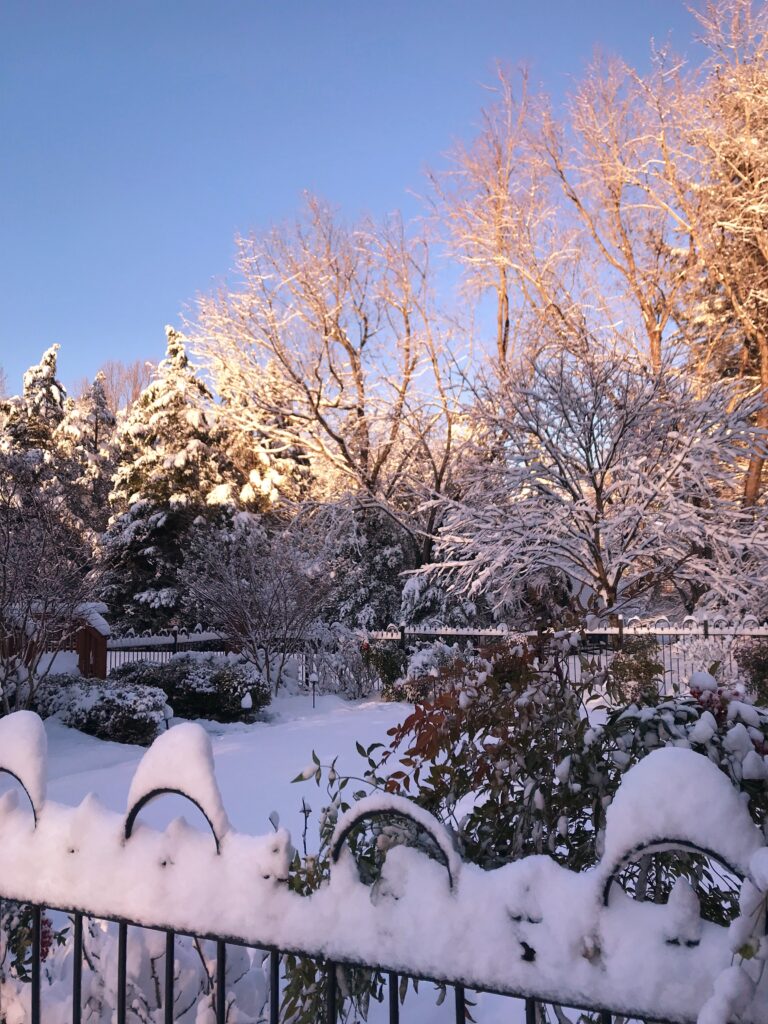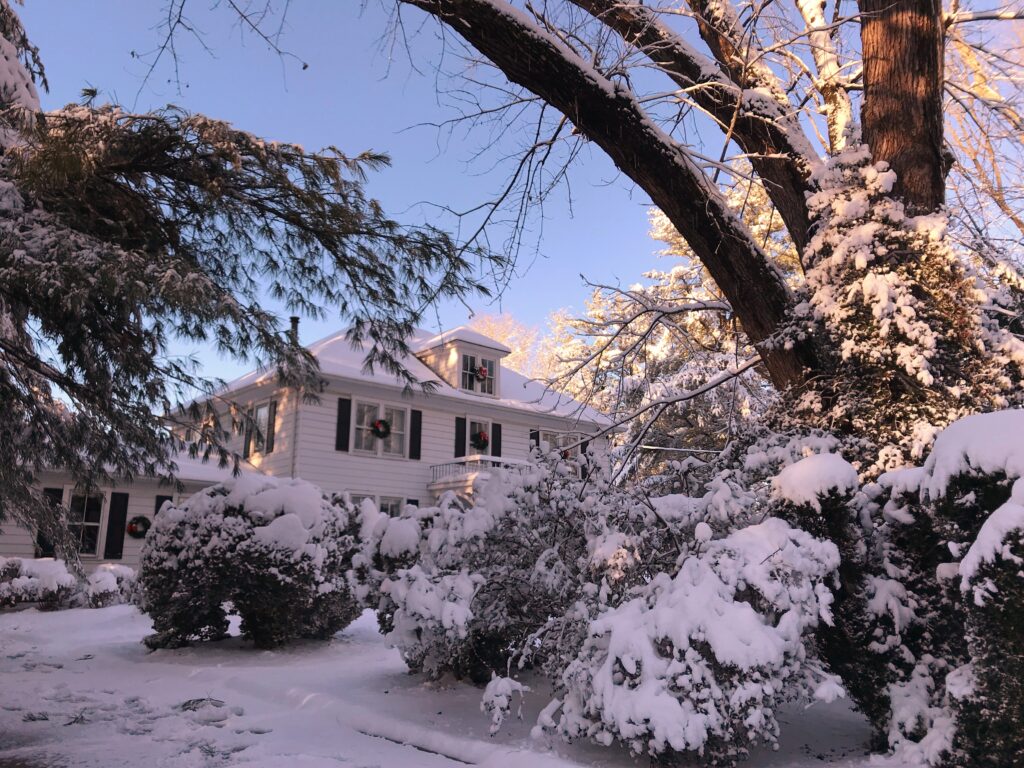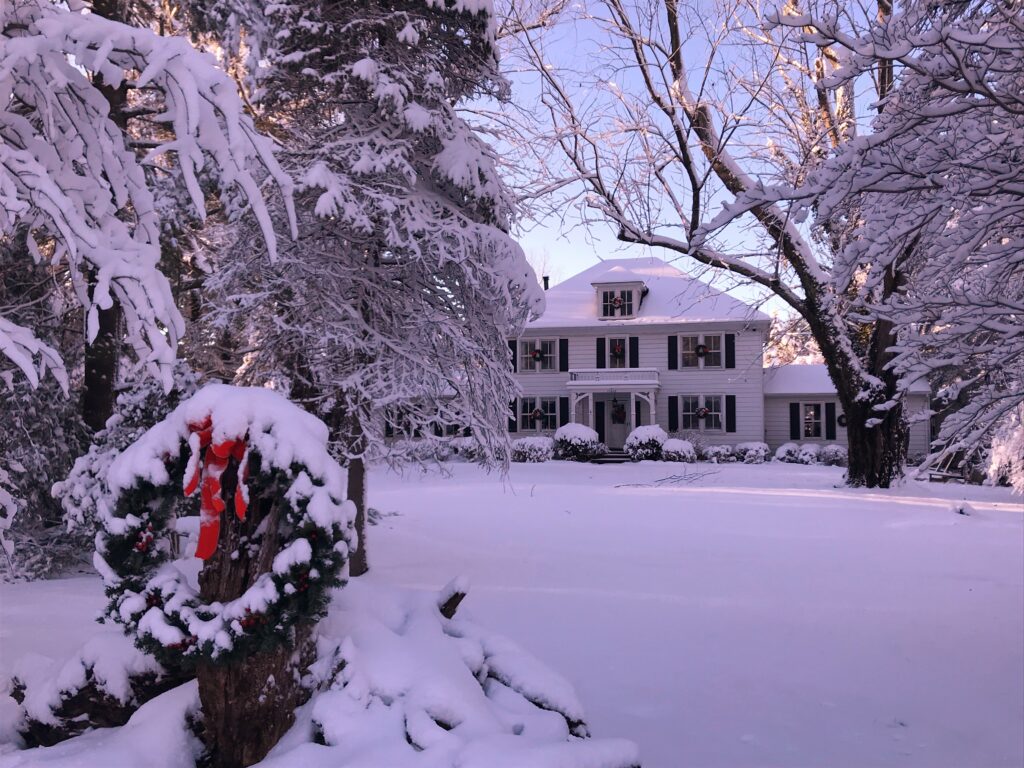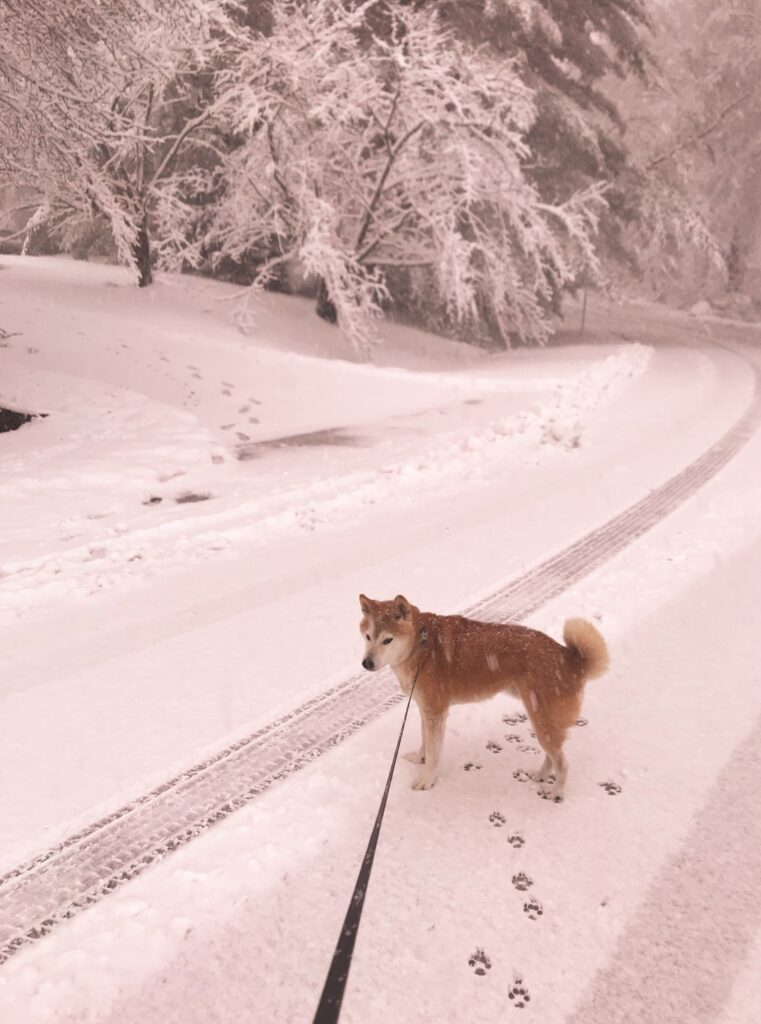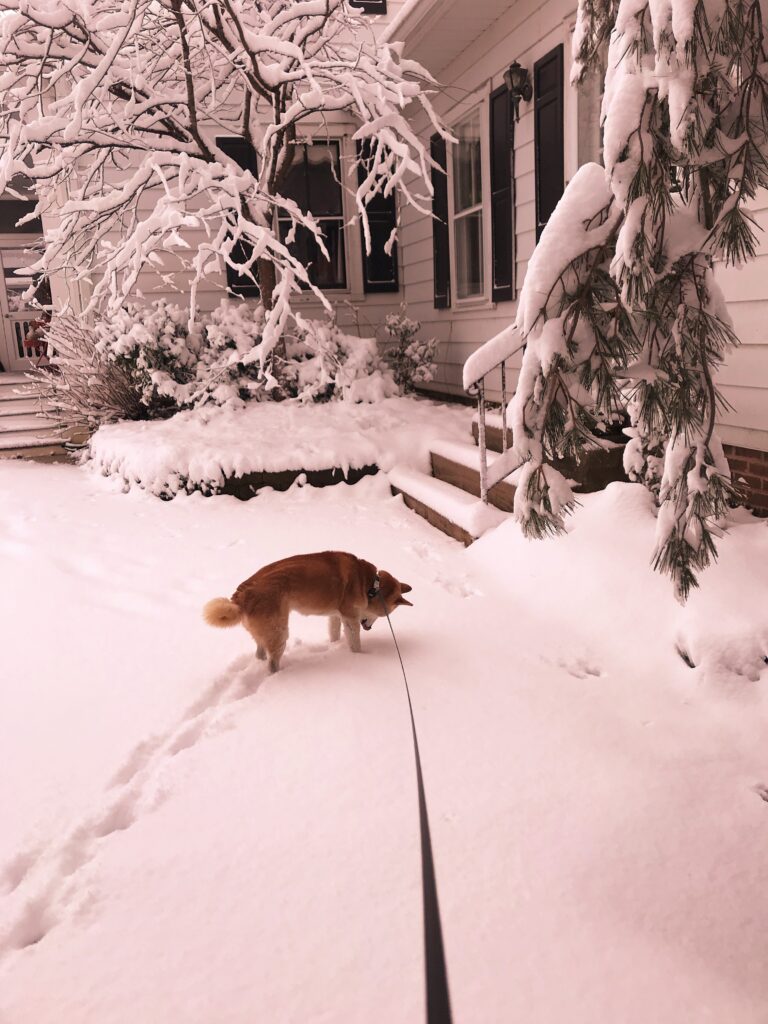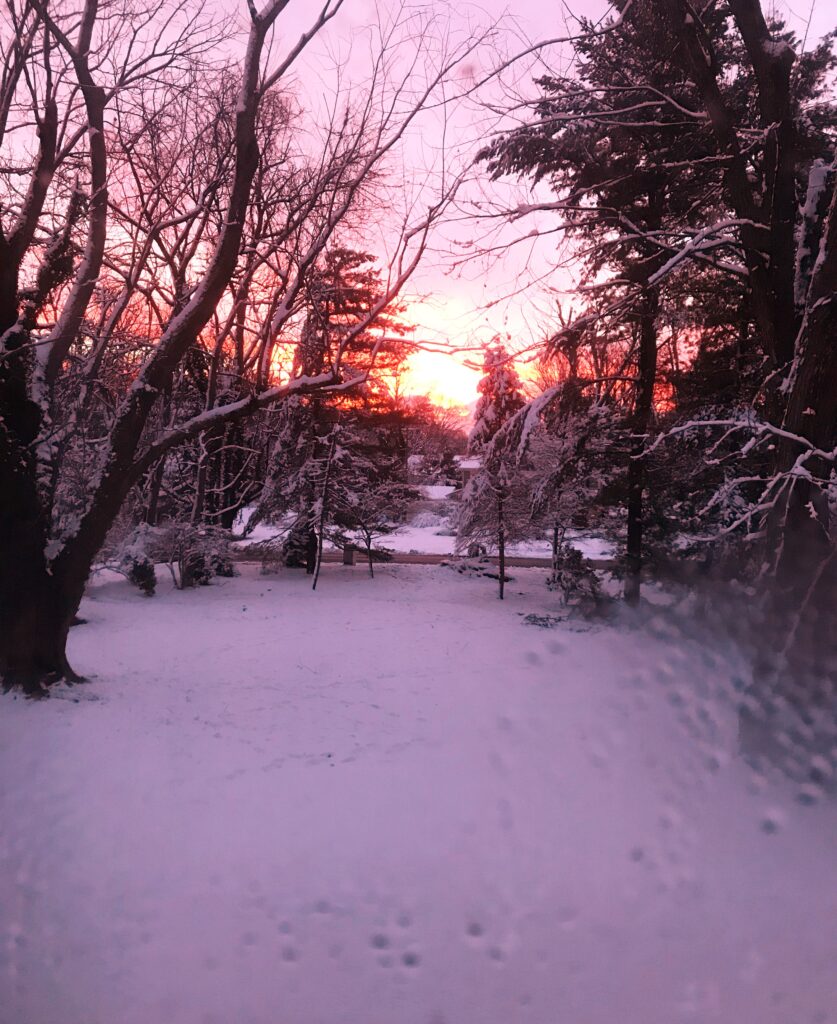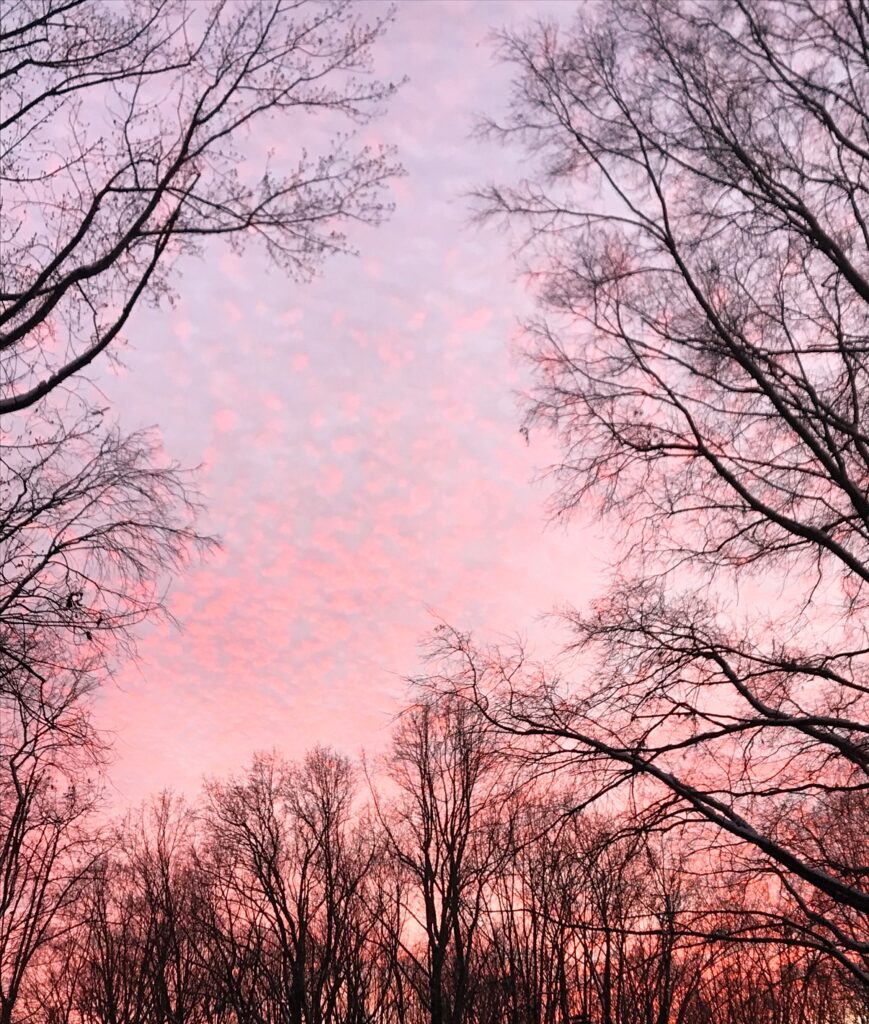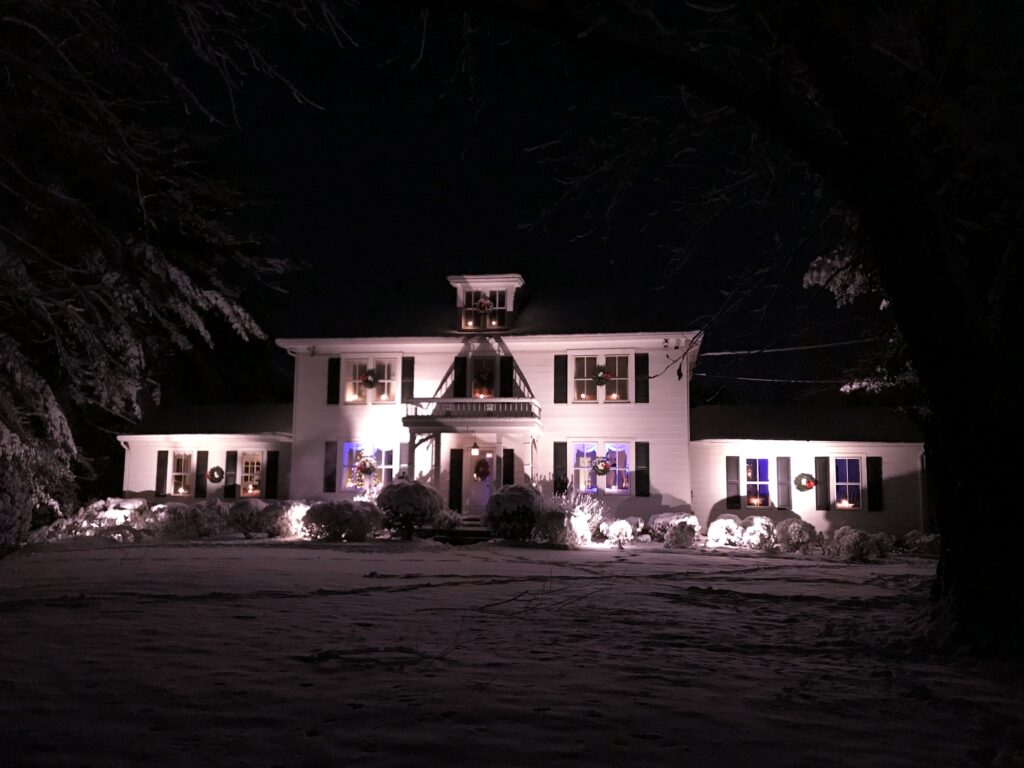As I walked to the car, carrying my raincoat because my new cast wouldn’t fit through the sleeve, I considered what a luxury it has been, throughout my many years of life, to take for granted the use of two opposable thumbs. Especially that on my right, dominant hand.
Could I drive? I wasn’t sure. I’d parked in a distant spot, as is my habit, where the lot had been nearly empty. But by this point, it was full. I was dismayed to see my vehicle tightly hemmed in. Because of an as yet un-repairable recall on my little Beetle, I’ve recently been driving our much larger old Acura MDX. The ignition requires an actual key, which I managed, with difficulty, to turn with my left hand. I was able to maneuver the steering wheel, but it was awkward. I was just starting to reverse carefully, when an enormous SUV zoomed up, looming, asserting its bulky presence. Its driver sat somber and stone-faced. I held up my cast, pointing to it with my left hand, hoping for a nod or a trace of a smile. No reaction. I continued my slow progress. At last, out of the spot, I opened the window and called out, “Sorry to keep you. First time driving with a cast.” Still nothing. Don’t judge, I told myself. We were in a hospital parking lot. Mr. Stone-Face or a loved one might be staring down some frightening health news. But clearly, he’d never had a thumb cast.
I soon learned that many formerly simple tasks could be managed, but the process would have to be rethought and reworked. I’d need to summon patience, and to be satisfied with slow-motion solutions. Hurrying doesn’t help, I realized, on my first attempt to tie my shoes. I tell myself that for now, I have one fully functioning hand, which is a blessing. And I have one hand that can offer only limited assistance. Which is much better than nothing.
Cooking, I knew, would be a challenge. I typically do a lot of chopping, much of which would have to be avoided. Opening sealed plastic food packages was more difficult than I had anticipated. After unsuccessful tries with scissors, and then nearly slicing my good hand with a knife, I realized I needed a pair of left-handed scissors. The can opener was a complete no-go. Fortunately my mother is nearby and still able to work this device.
I’ve learned that I can create a poor approximation of the thumb grasp by holding an object between my body and my right arm. Pull-top cans may be opened this way. But when they contain any amount of liquid, spills are nearly impossible to avoid. I discovered this one morning, when, experiencing an intense and unusual breakfast craving for Chef Boyardee Mini Ravioli, I doused my shirt sleeve and much of my cast in tomato sauce. Good thing I chose the waterproof option.
My left hand has proven to be a slow learner. I’m all too aware of this every time I sit down at the PC and use the mouse. Or attempt to hold a fork like a human, or use the curling iron, or even brush my hair or my teeth. I remember how my father could play tennis, ping pong or darts so well with either hand. Had he been just as ambidextrous when it came to daily tasks? I wish I’d noticed.
There are definitely some good things about the cast. In the first few days after my fall, the slightest motion in my right hand resulted in sharp pains. The cast put a stop to all that. I’ve felt none of the itchiness typically associated with traditional casts. The interior material is smooth and non-irritating. The cast’s protective shelter is actually comforting. Even cozy, at least when I’m not using the hand. And not having to cover the cast in plastic wrap before showering or immersing it in water is one less injury-related inconvenience to deal with.
I return to the doctor in a week. If the bone is healing well, the cast may be replaced by a splint for an additional three weeks. My husband, ever the realist, reminds me that the splint will bring its own issues. I’m aware. I know that some of my favorite activities, including painting and playing the piano, will yet have to wait. Until then, I’ll try to focus on what I can do. And sometimes, I’ll enjoy the freedom to relax. Because I lack two well-functioning thumbs, I can’t start a new project. Since the injury, I’ve found the occasional nap to be especially compelling. A little extra sleep to hasten the healing process? Sounds justifiable.
And today is Friday. That means Mama will likely be watching the all-day UnXplained marathon on the History channel. Hosted by her favorite nonagenarian cutie-pie, William Shatner, the show deals breezily with a wide variety of mysterious occurrences and odd legends. It never fails to inspire us to interesting and humorous conversation. Today might be a good day to rest my hand and enjoy a relaxing visit with a best friend who also happens to be my mother. That certainly sounds justifiable.

